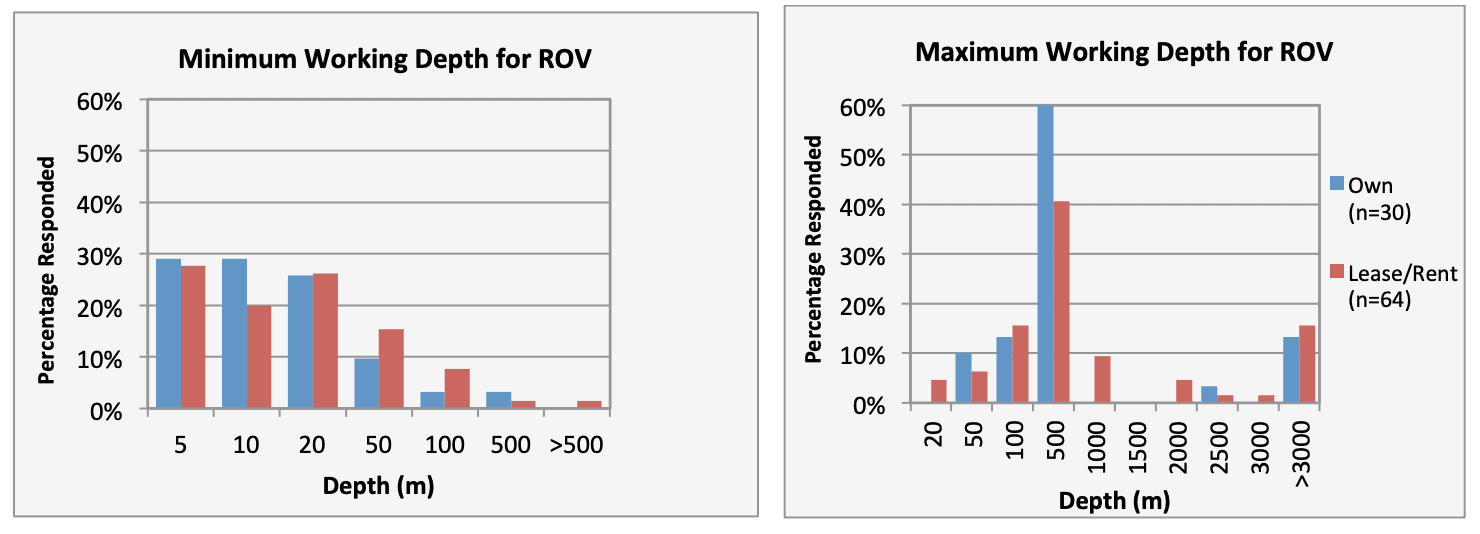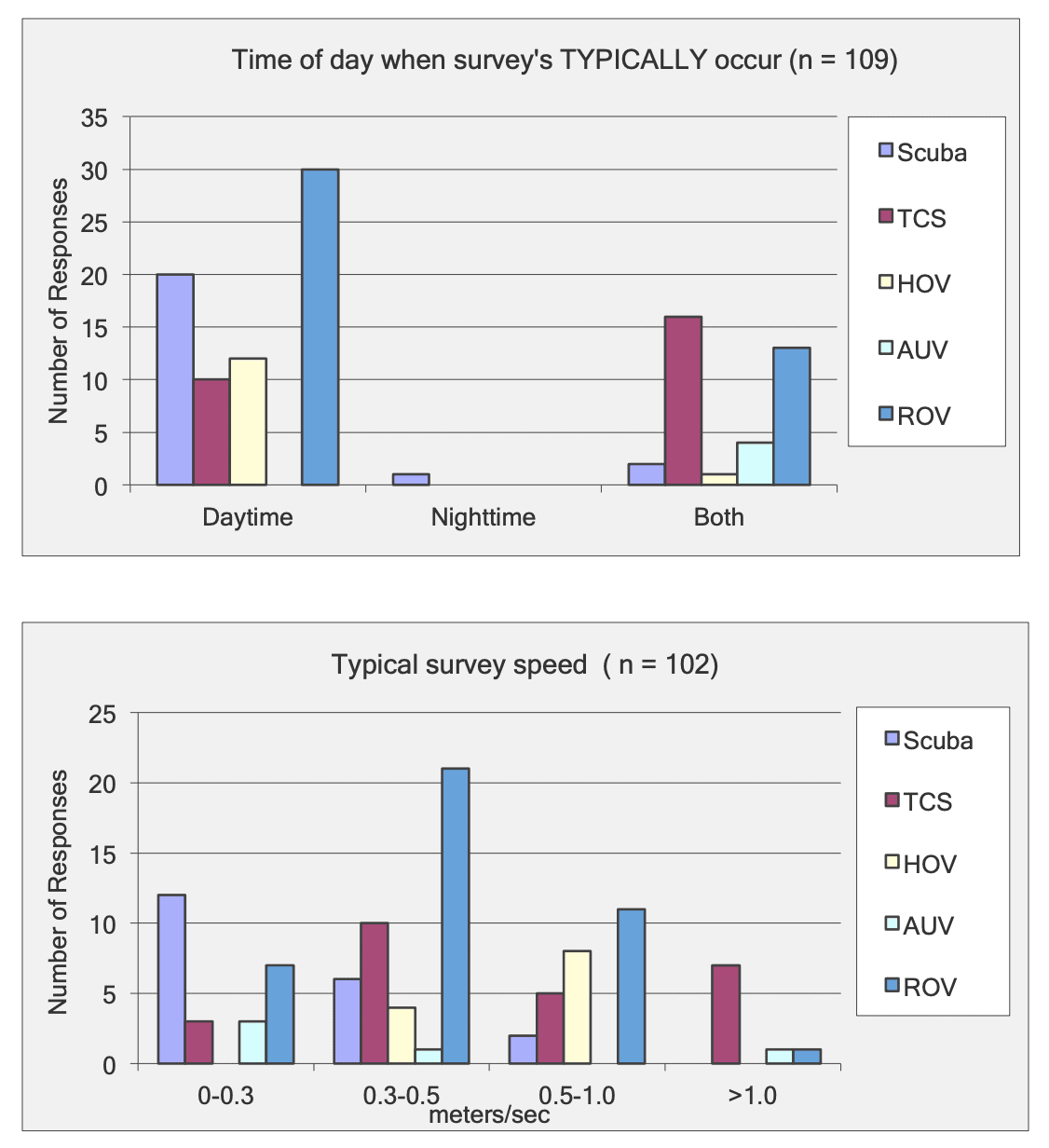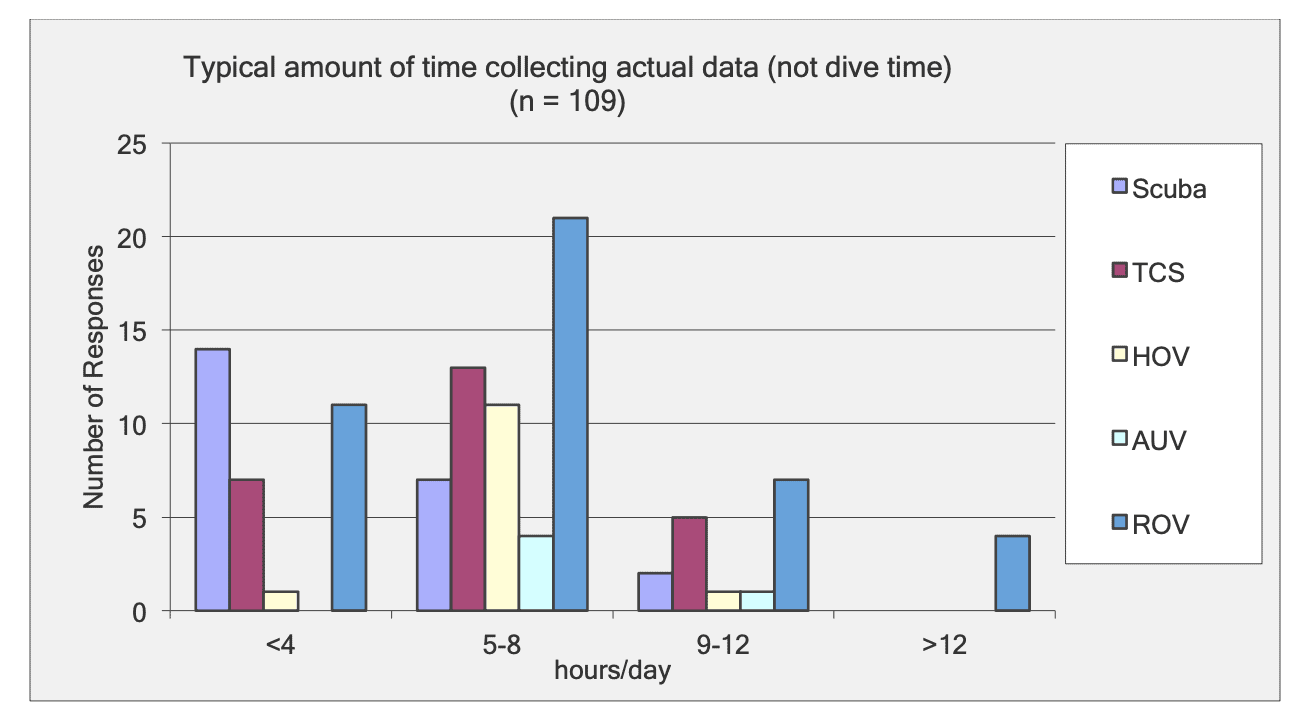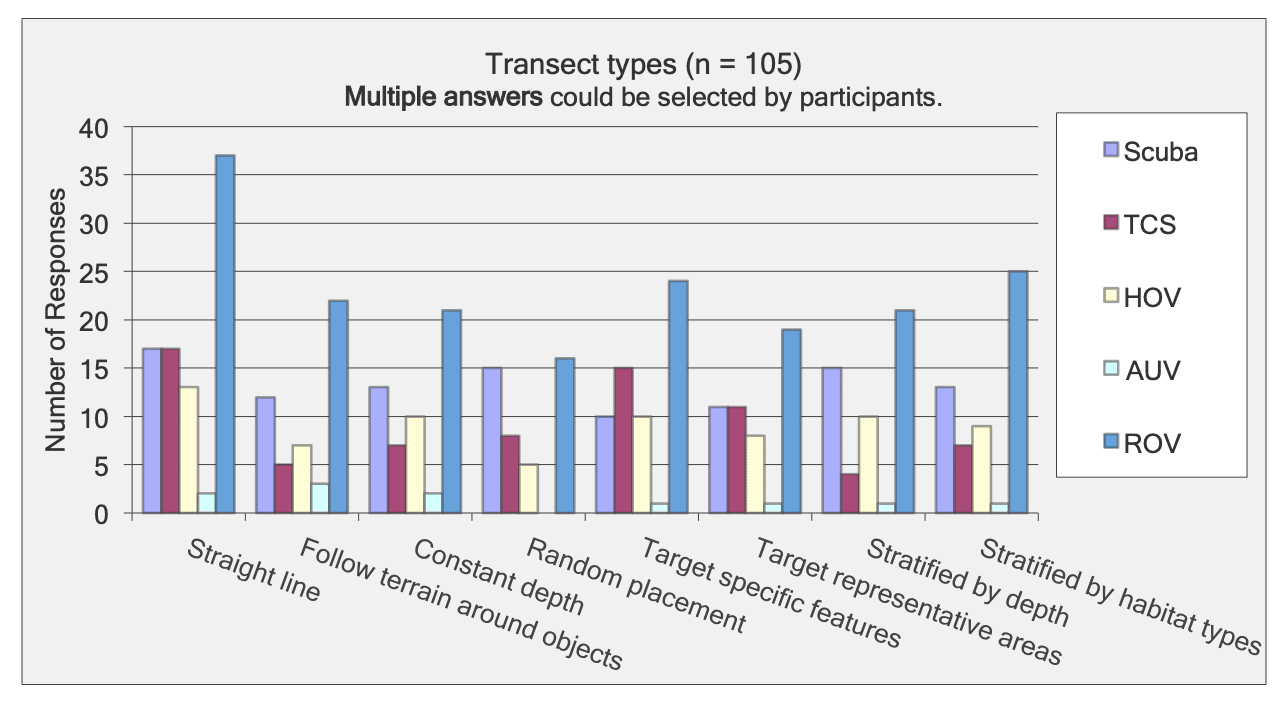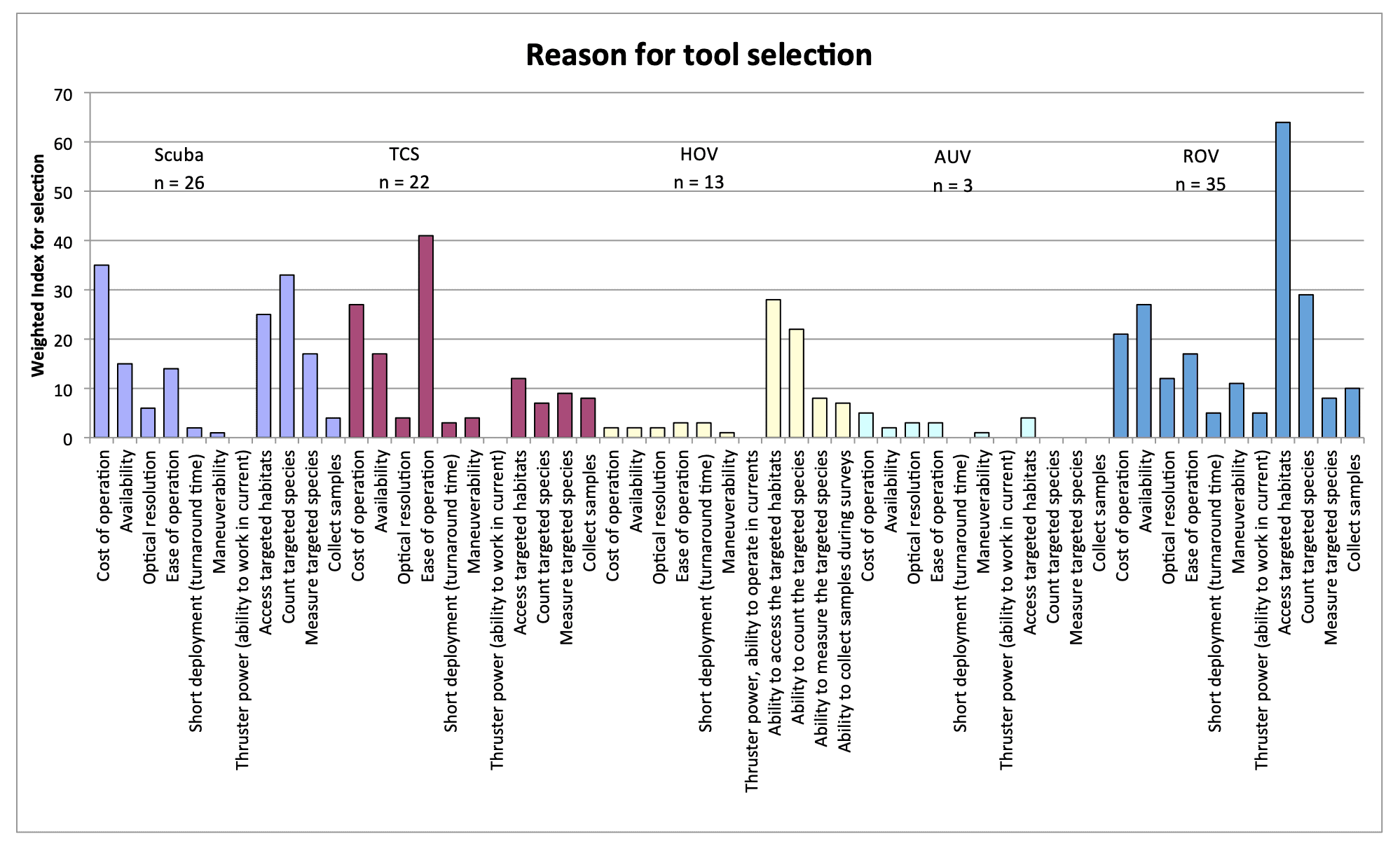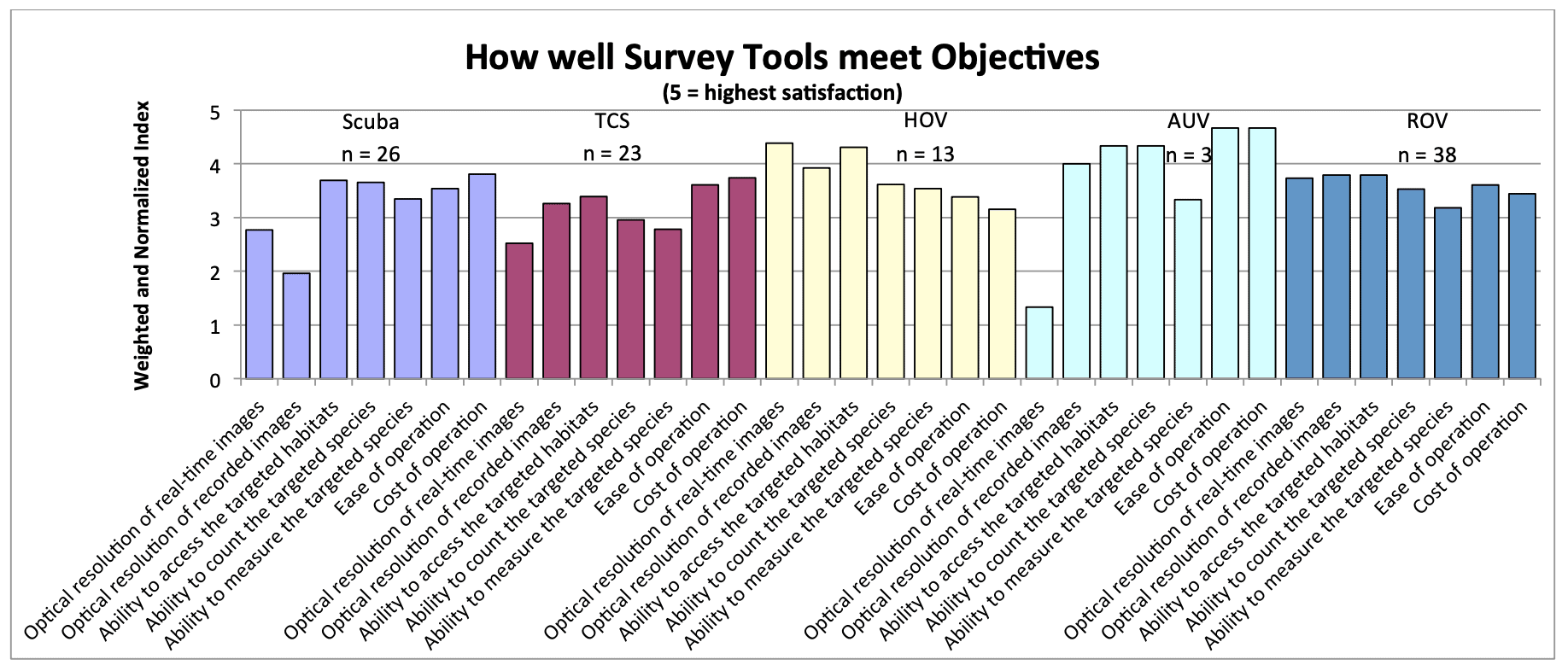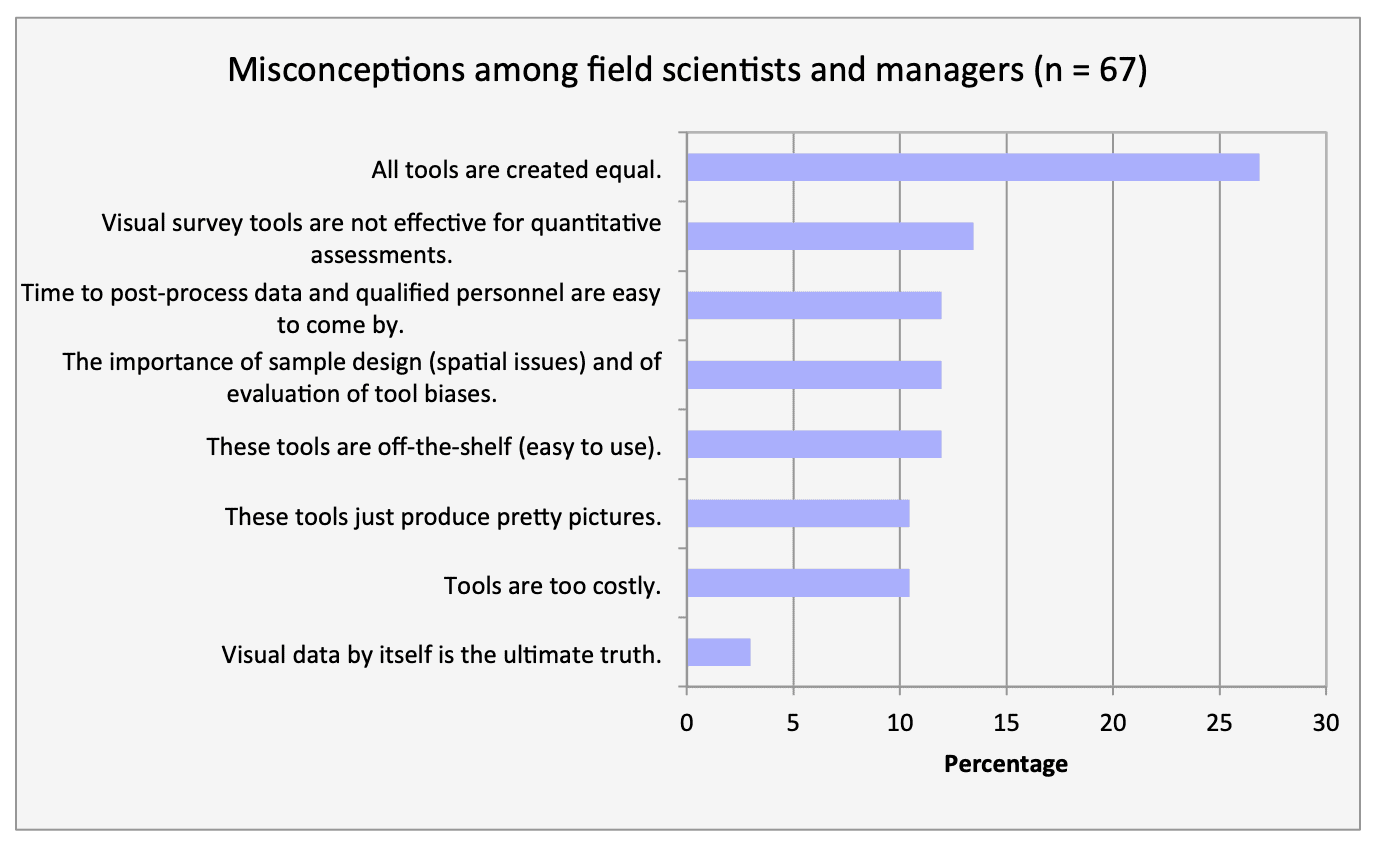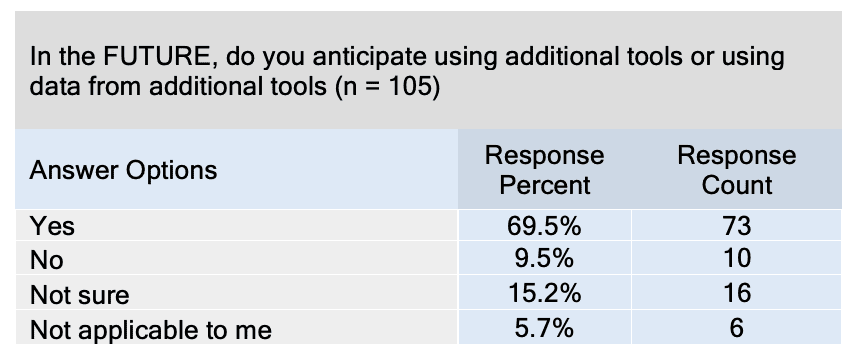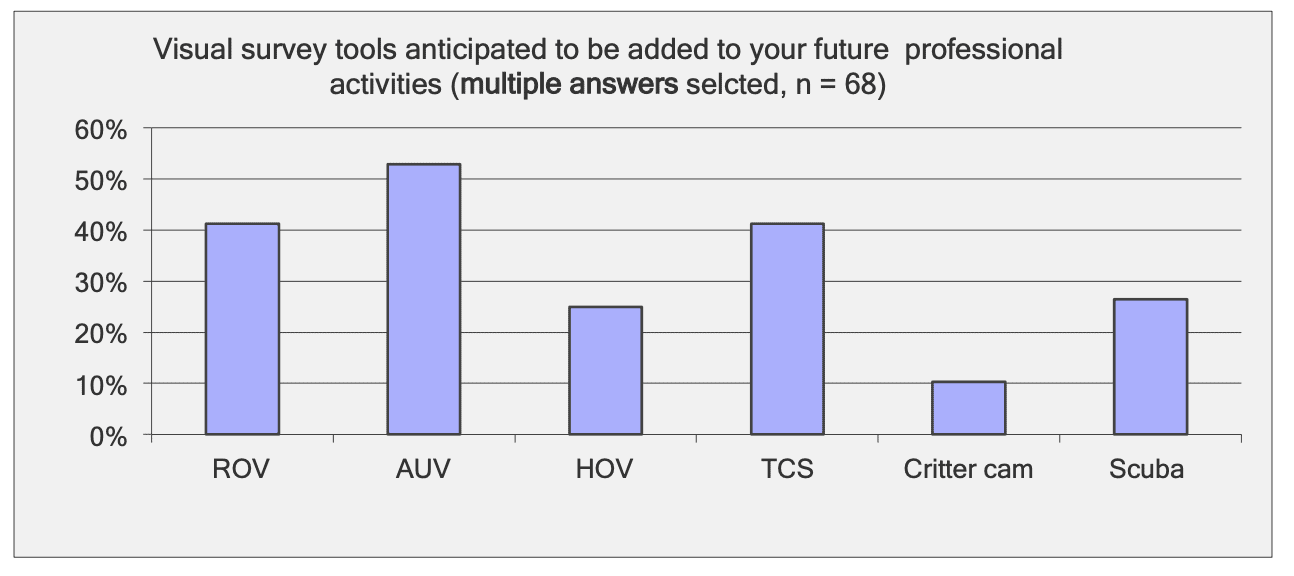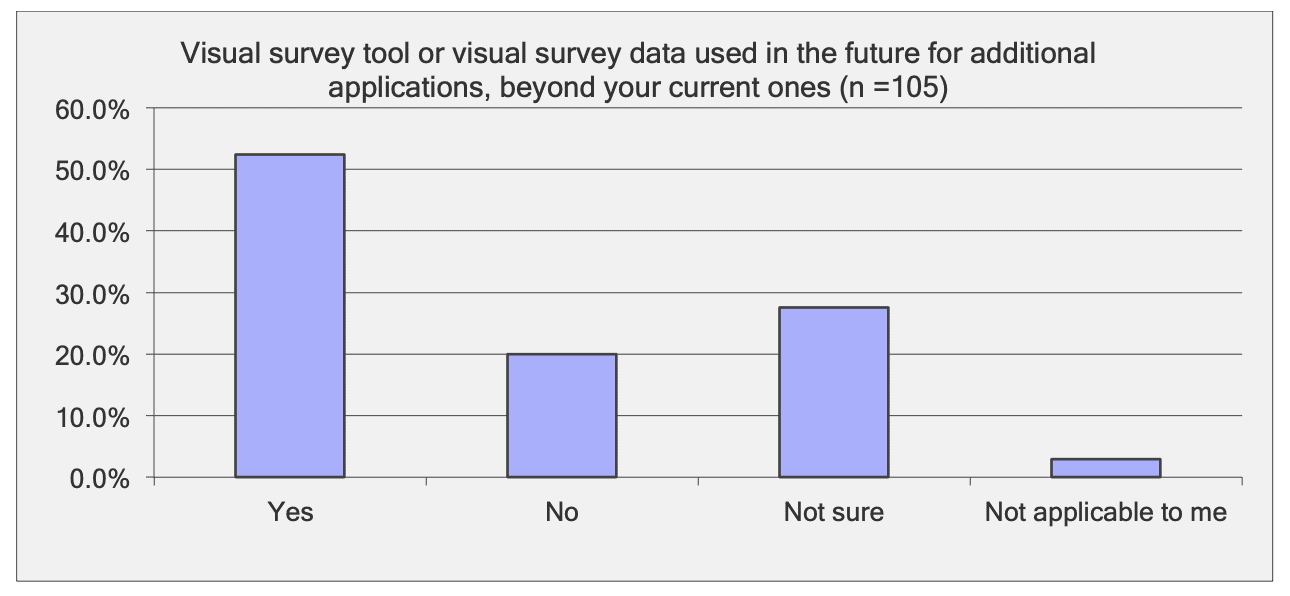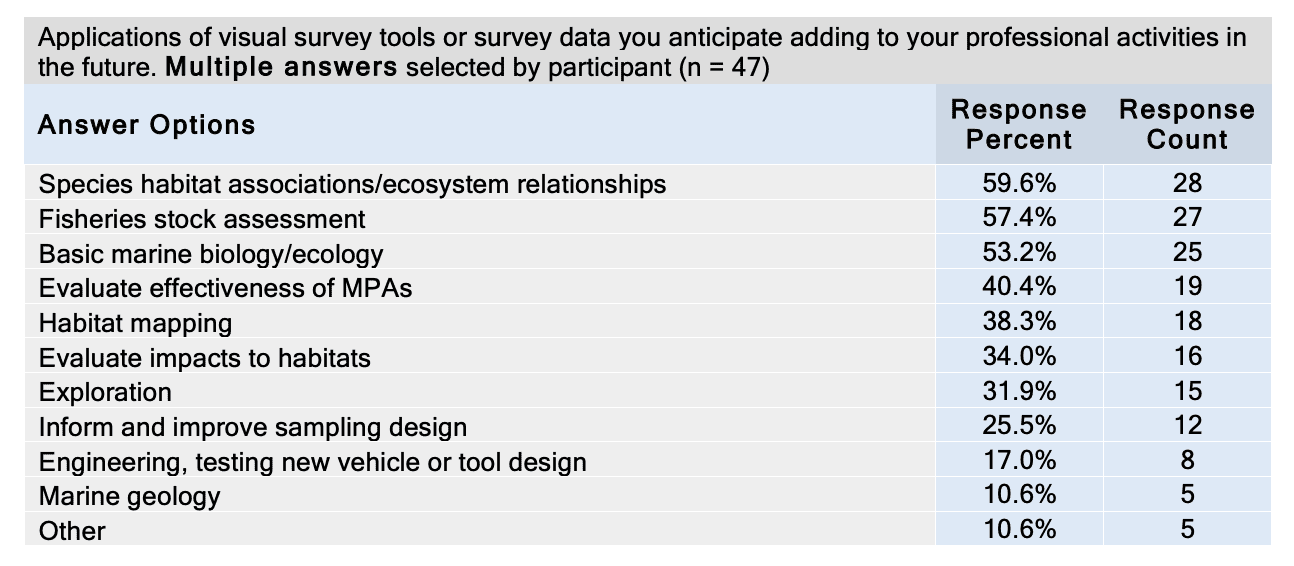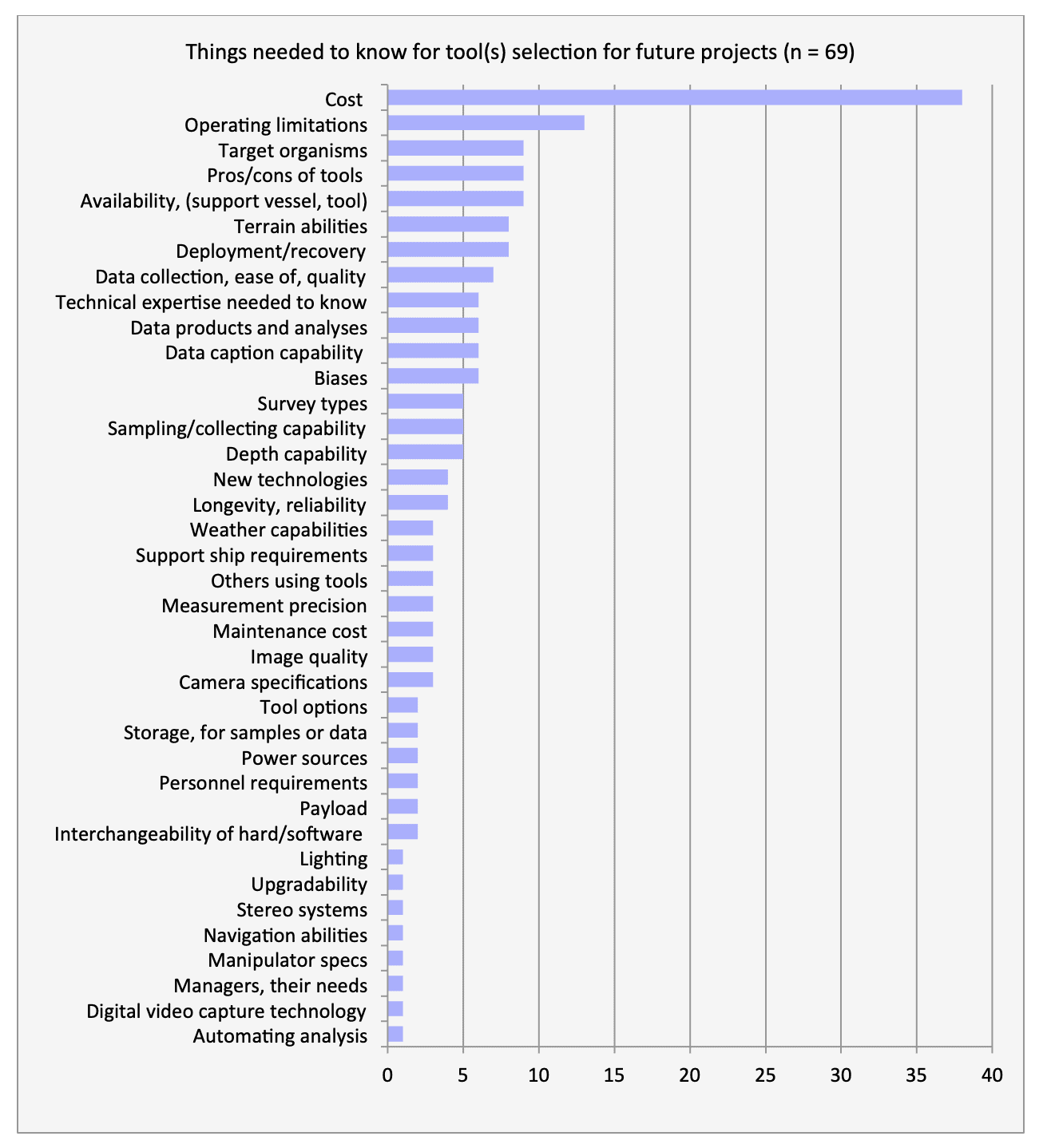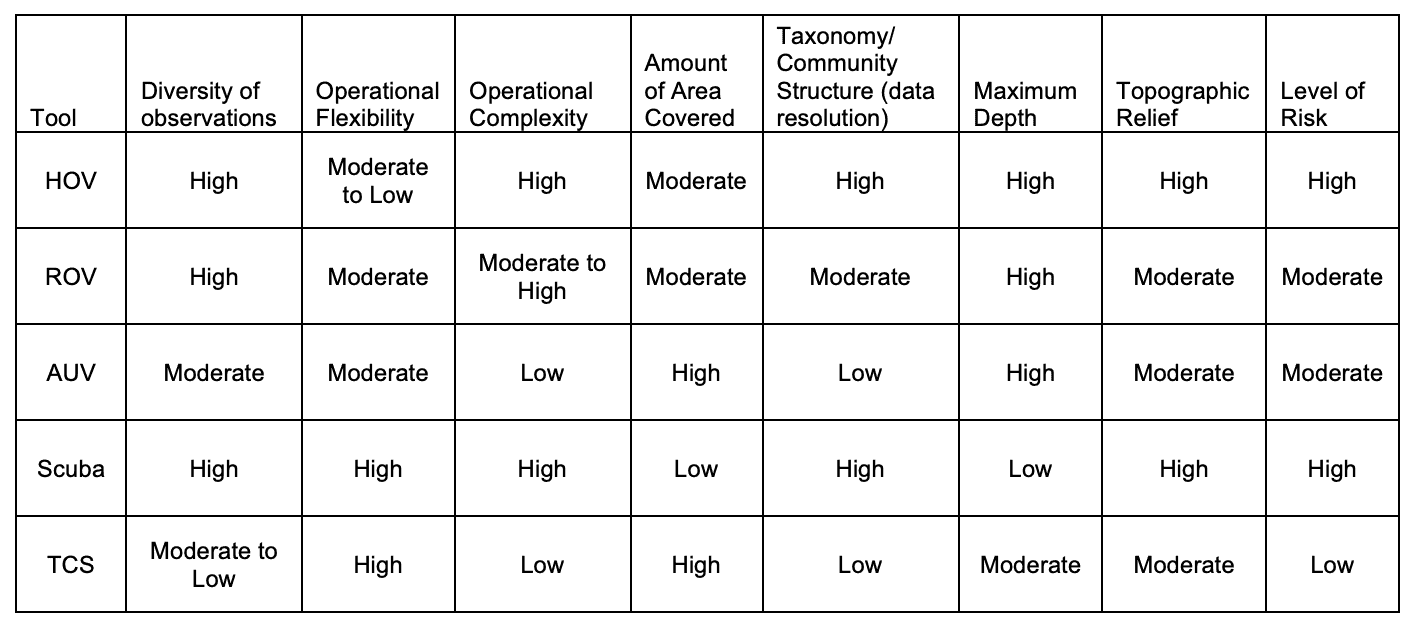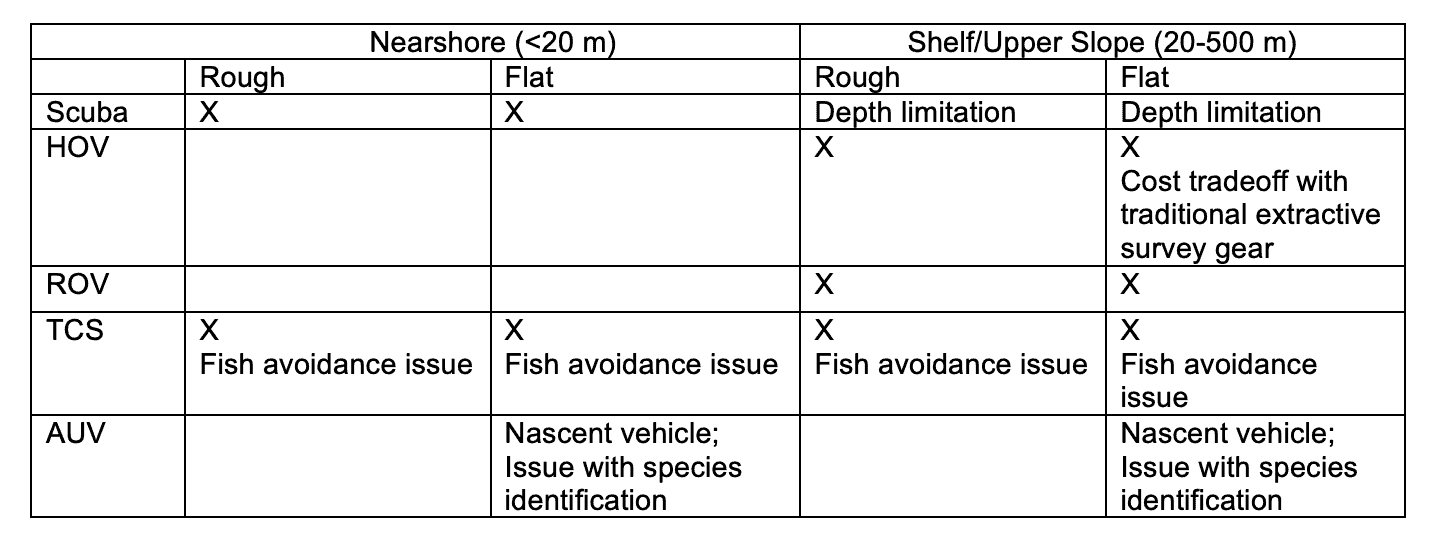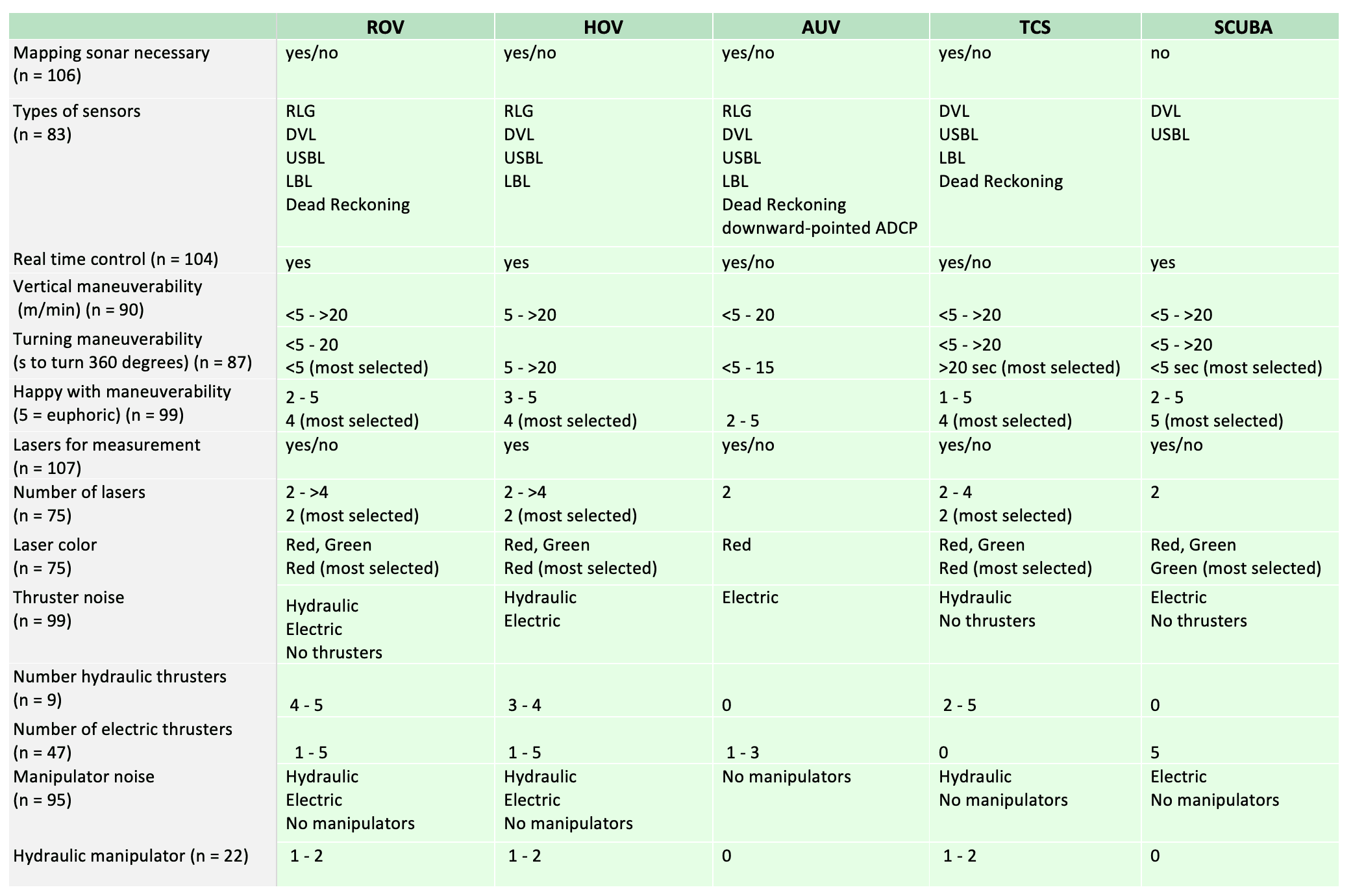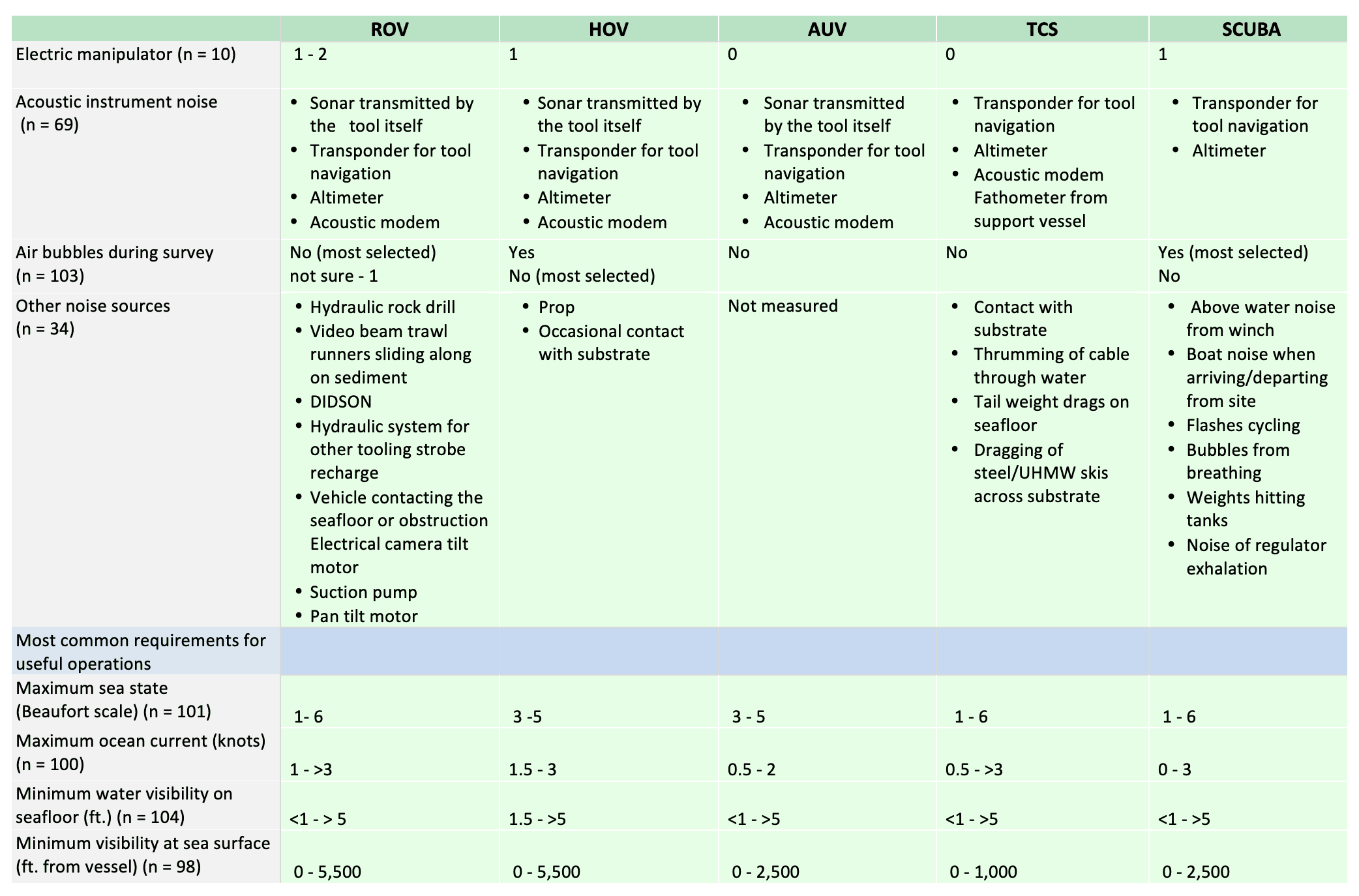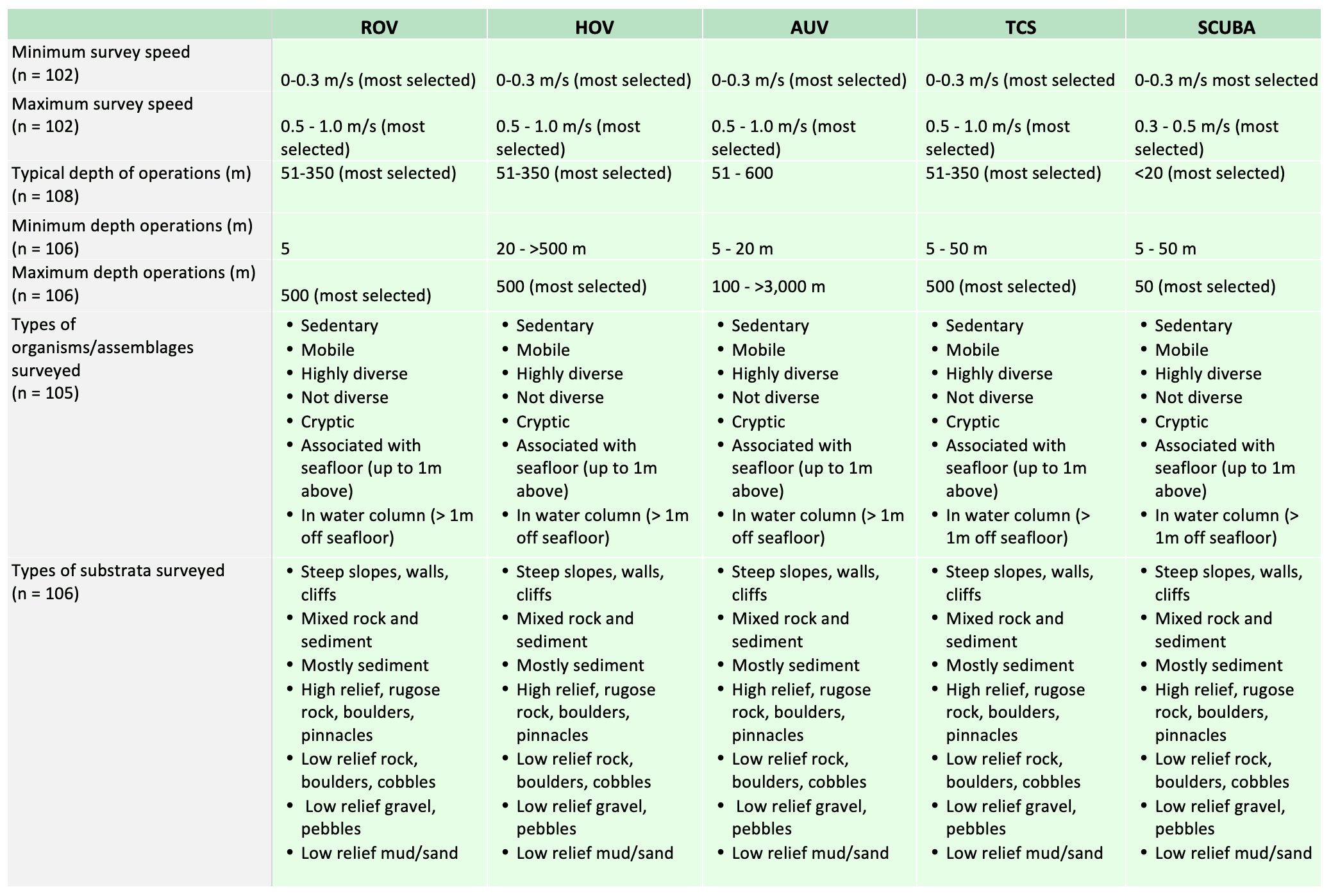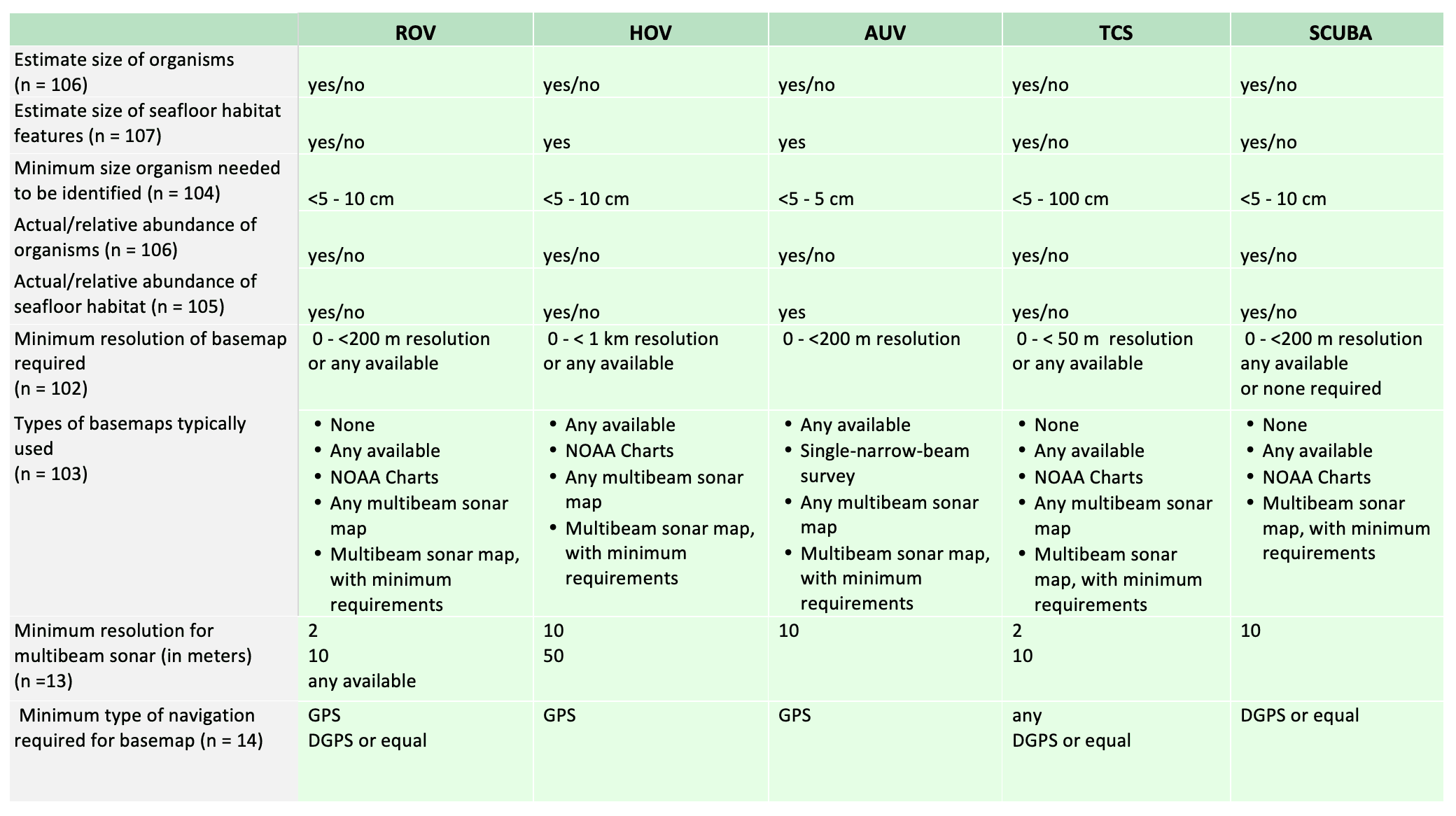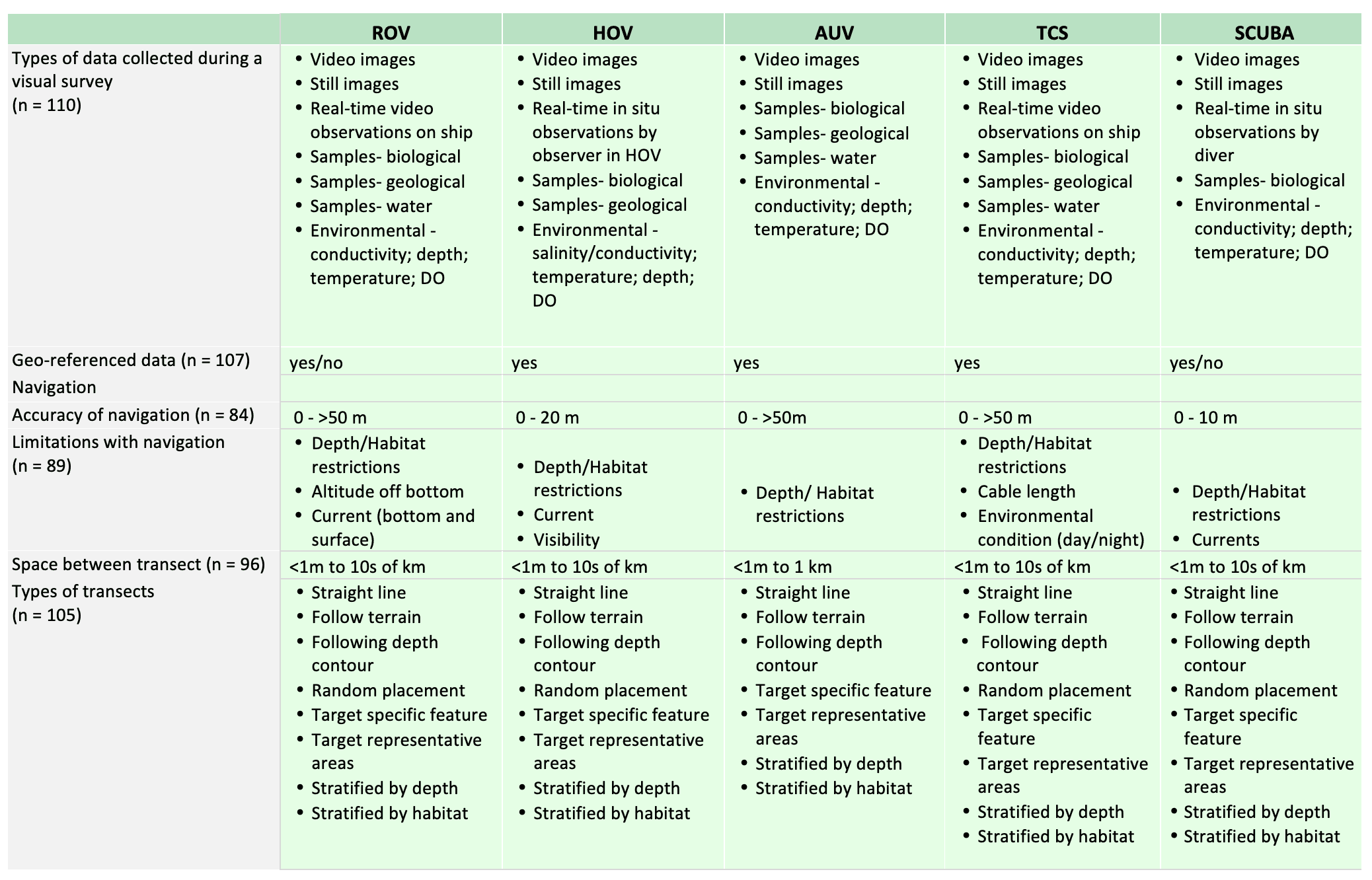June 2016 – Cruise Report for ‘Patterns in Deep-Sea Corals’ Expedition 2016: NOAA ship Shearwater SW-16-08
Cruise Report for ‘Patterns in Deep-Sea Corals’
Expedition 2016: NOAA ship Shearwater SW-16-08


Disclaimer:
This publication does not constitute an endorsement of any commercial product or intend to be an opinion beyond scientific or other results obtained by the National Oceanic and Atmospheric Administration (NOAA). No reference shall be made to NOAA, or this publication furnished by NOAA, to any advertising or sales promotion which would indicate or imply that NOAA recommends or endorses any proprietary product mentioned herein, or which has as its purpose an interest to cause the advertised product to be used or purchased because of this publication.
The recommended citation for this report is:
Etnoyer PJ, Shuler AJ, Frometa J, Lauermann A, & Rosen D (2017). Cruise Report for ‘Patterns in Deep-Sea Corals’ Expedition 2016: NOAA ship Shearwater SW-16-08. NOS NCCOS 233, NOAA National Ocean Service, Charleston, SC 29412. 21 pp.Cover image credit: Marine Applied Research and Exploration/NOAA.

Cruise Report for ‘Patterns in Deep-Sea Corals’
Expedition 2016: NOAA ship Shearwater SW-16-08
Peter Etnoyer1
, Andrew Shuler2
, Janessy Frometa2
, Andrew Lauermann3
, Dirk Rosen3
1 NOAA National Centers for Coastal Ocean Science, 219 Fort Johnson Rd., Charleston, SC 29412
2 JHT, Inc, 219 Fort Johnson Rd., Charleston, SC 29412
3
Marine Applied Research and Exploration. 1230 Brickyard Cove Road #101, Richmond, CA 94801
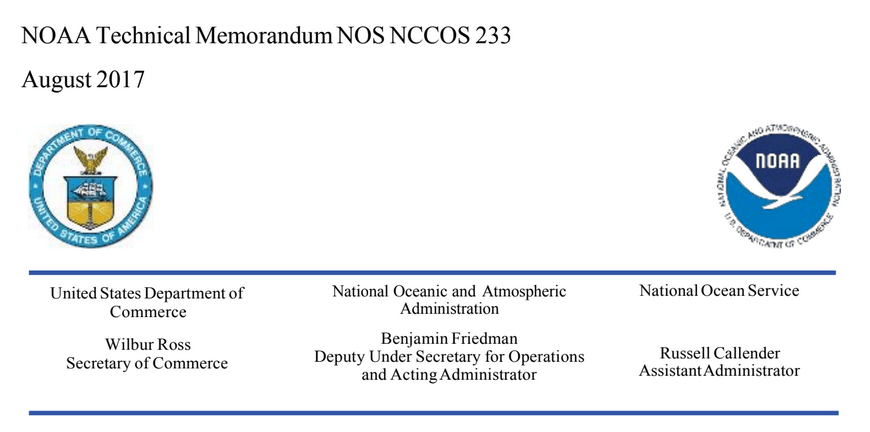
Table of Contents
1. Expedition Overview………………………………………………………………………………………………..1
2. Narrative of Cruise Results………………………………………………………………………………………1
2.1 Objective 1: recover previously deployed temperature loggers …………………………….1
2.2 Objective 2: conduct ROV seafloor surveys ……………………………………………………….1
2.3 Objective 3: collect live Acanthogorgia sp. corals for laboratory studies ………………1
3. Discussion………………………………………………………………………………………………………………..2
4. Acknowledgements…………………………………………………………………………………………………..2
5. References ……………………………………………………………………………………………………………….2
6. Tables………………………………………………………………………………………………………………………3
7. Figures …………………………………………………………………………………………………………………….6
8. Appendices ……………………………………………………………………………………………………………10
Appendix A: Operational Notes……………………………………………………………………………..10
Appendix B: Individual temperature logger site information, images and data. …………..12
Cruise Report for ‘Patterns in Deep-Sea Corals’ Expedition 2016: NOAA ship Shearwater
SW-16-08
1. Expedition Overview
The 2016 ‘Patterns in Deep-Sea Corals’ expedition set out aboard the NOAA Ship Shearwater inAugust to study the distribution, ecology, and health of deep-water (30-300 m) gorgonian corals in response to the 2015 El Niño event. The research team consisted of staff from NOAA National Centers for Coastal Ocean Science (NCCOS) and Marine Applied Research and Education (MARE; Table 1). The study used the remotely operated vehicle (ROV) Beagle to recover previously deployed temperature loggers (Caldow et al. 2015) and to conduct video transects for the purpose of density estimation and health assessments.
The primary scientific objectives of the expedition were to: 1) recover temperature loggers that were deployed in the spring and fall of 2015 in order to assess temperature anomalies; 2) characterize deep- sea coral ecosystems in newly mapped areas of the Channel Islands National Marine Sanctuary
(CINMS) (Figures 1-4); and 3) collect live Acanthogorgia sp. corals for laboratory studies on temperature.
2. Narrative of Cruise Results
The expedition’s scientific objectives were successfully met thanks in large part to good weather and few technical difficulties. In addition to the scientific objectives, several outreach activities were completed during the expedition, including. A dockside presentation for six people in Santa Barbara Harbor, and an at sea day for seven people, during which they were able to come aboard the NOAA Ship Shearwater and participate in a ROV dive. The VIP party included representatives from Conservation International, Rockefeller Foundation, Coral Reef Watch, and others. 2.1 Objective 1: Recover previously deployed temperature loggers The ROV recovered all four temperature loggers from depths ranging between 20-100 m. Data was successfully downloaded from each logger, and plotted across time (Figure 5 and Appendix A). Temperatures averaged between 14-15 0C at 20 m, with a maximum of 19 0C in July. Temperatures at 50 m exceeded 15 0C on average, but never reached the 19 0C threshold observed at 20 m.
Temperatures showed little temporal variation at 100 m, and ranged between ~10-12 0C. In the future, this temperature data will be analyzed in more detail in order to identify trends and anomalies. This analysis will also incorporate temperature data collected from CTD casts near the Channel Islands, and
other sources.
2.2 Objective 2: Conduct ROV seafloor surveys
Of the 14 ROV dives conducted over the course of the expedition, the majority took place over the newly mapped areas north and south of Santa Rosa Island (Figures 2-4; Table 3). The total bottom time was 17 hours and 51 minutes, during which 30 video transects were completed (Table 4). Video data collected during the ROV transects will be analyzed in order to determine species composition, health and densities of deep-water corals. This data will become publicly available within one year through the NOAA Deep Sea Coral Data Portal (https://deepseacoraldata.noaa.gov/). 2.3 Objective 3: Collect live Acanthogorgia sp. corals for laboratory studies The team successfully collected two live colonies of Acanthogorgia sp. octocorals from 200 m. Upon retrieval from the ROV, each colony was split into six fragments. Coral fragments were shipped to both the Claremont College in California, and the Deep Coral Ecology Laboratory in Charleston, SC.
The live corals arrived at their respective institutions within 24 h of shipment, and were successfully acclimated into an aquarium environment (Figures 7-8). While the original goal was to collect four small colonies, the colonies collected were large enough to provide enough material for laboratory
experimentation.
3. Discussion
The successful recovery of all temperature loggers is an important accomplishment, particularly since three of the four loggers were deployed from a ship. Additionally, we were able to successfully download data from all temperature loggers, indicating that they hold up well under the conditions and
duration of our deployment. It is important to point out that the temperature logger deployed at the shallowest depth (20 m) had substantial overgrowth by encrusting fauna, whereas overgrowth was minimal in the other three loggers. Therefore, future deployments of these devices at depths shallower than 50 m should consider providing some means to deter fouling, with either external housing or anti-fouling paint.
The ROV dives focused on habitat characterization and dive time was split between transects and exploration. This split approach allowed the science team to obtain quantitative information on the coral communities during transects, as well as provided time to explore the newly-mapped environment more freely. The use of dedicated transects also facilitated the process of estimating octocoral density, by ensuring consistent speed, altitude, and direction.
The collection of live corals from deeper than 50 m is another important accomplishment of this expedition. One of the dives was dedicated exclusively for specimen collections, and this approach was critical in reducing undue stress to the organisms. Future collections of live material should consider a
similar approach.
4. Acknowledgements
The authors would like to acknowledge the support and guidance of the Channel Islands National Marine Sanctuary staff especially Chris Caldow, Julie Bursek, and Ryan Freedman. It is also important to note the skill and expertise of the crew of the NOAA Ship Shearwater, specificallyCaptain Terrance Shinn, First Mate Charles Lara, and Lieutenant junior grade Elizabeth Mackie. Equally as important were team members Steve Holz and Rick Botman of Marine Applied Research and Exploration for their critical support to this mission. These individuals were instrumental to the smooth deployment and operation of the ROV Beagle and the success of this expedition.
5. References
Caldow, C., P. J. Etnoyer, L. Kracker. 2015. Cruise Report for ‘Patterns in Deep-Sea Corals’
Expedition: NOAA ship Bell M. Shimada SH-15-03. NOAA Technical Memorandum NOS NCCOS
200. 15 pp. Silver Spring, MD.
OSPAR. 2010. Background Document for Coral Gardens. Publication number 486. OSPAR
Biodiversity Series. https://www.ospar.org/documents?v=7217
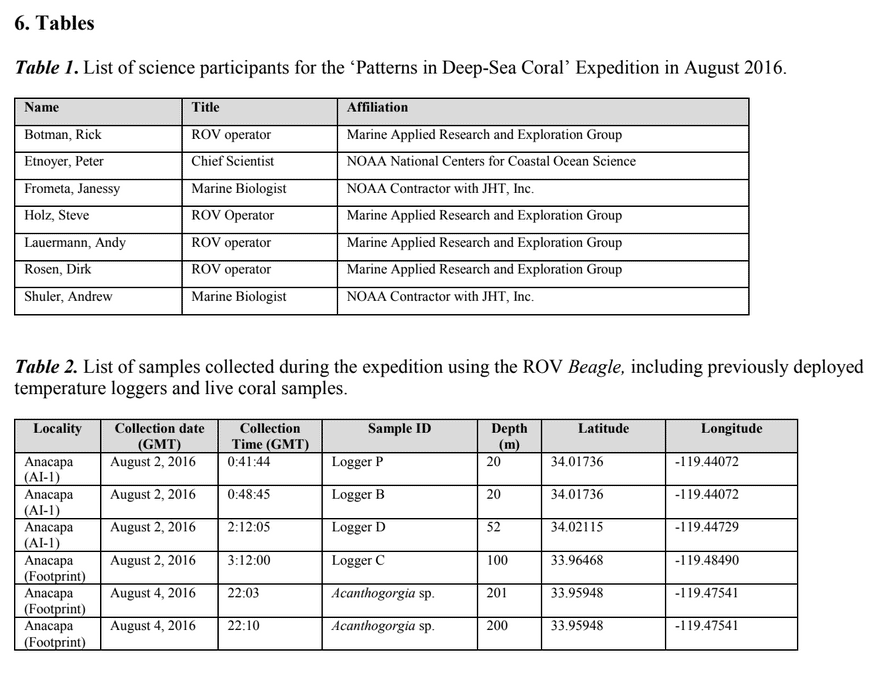
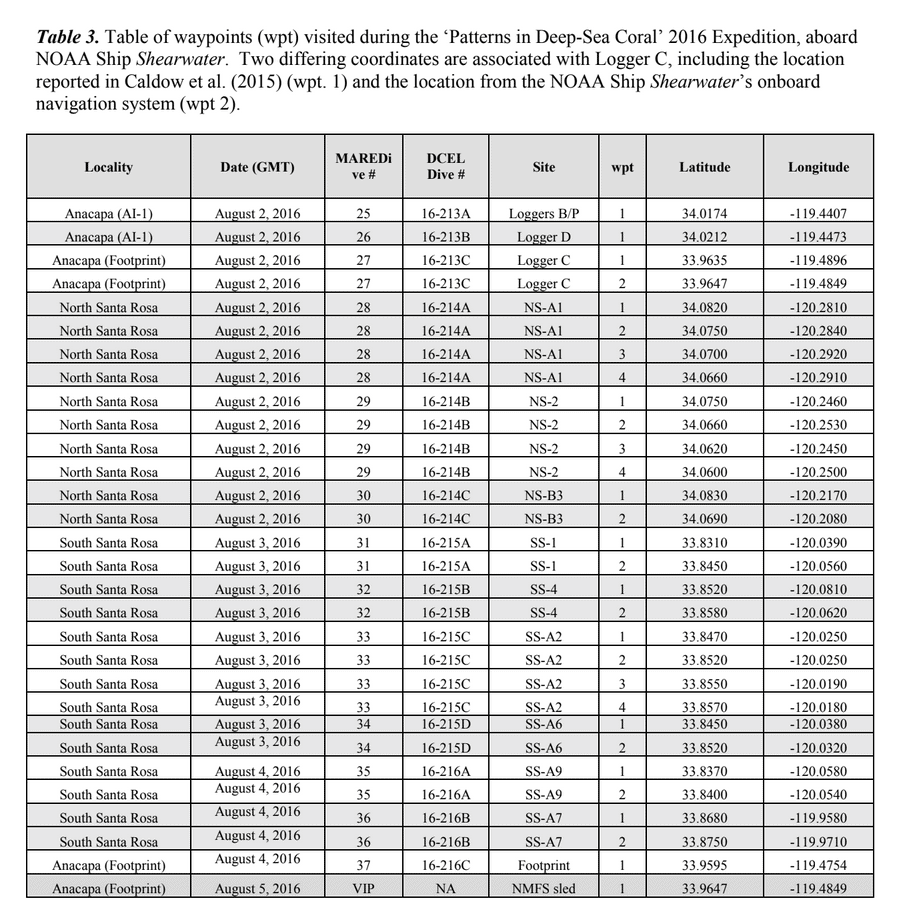
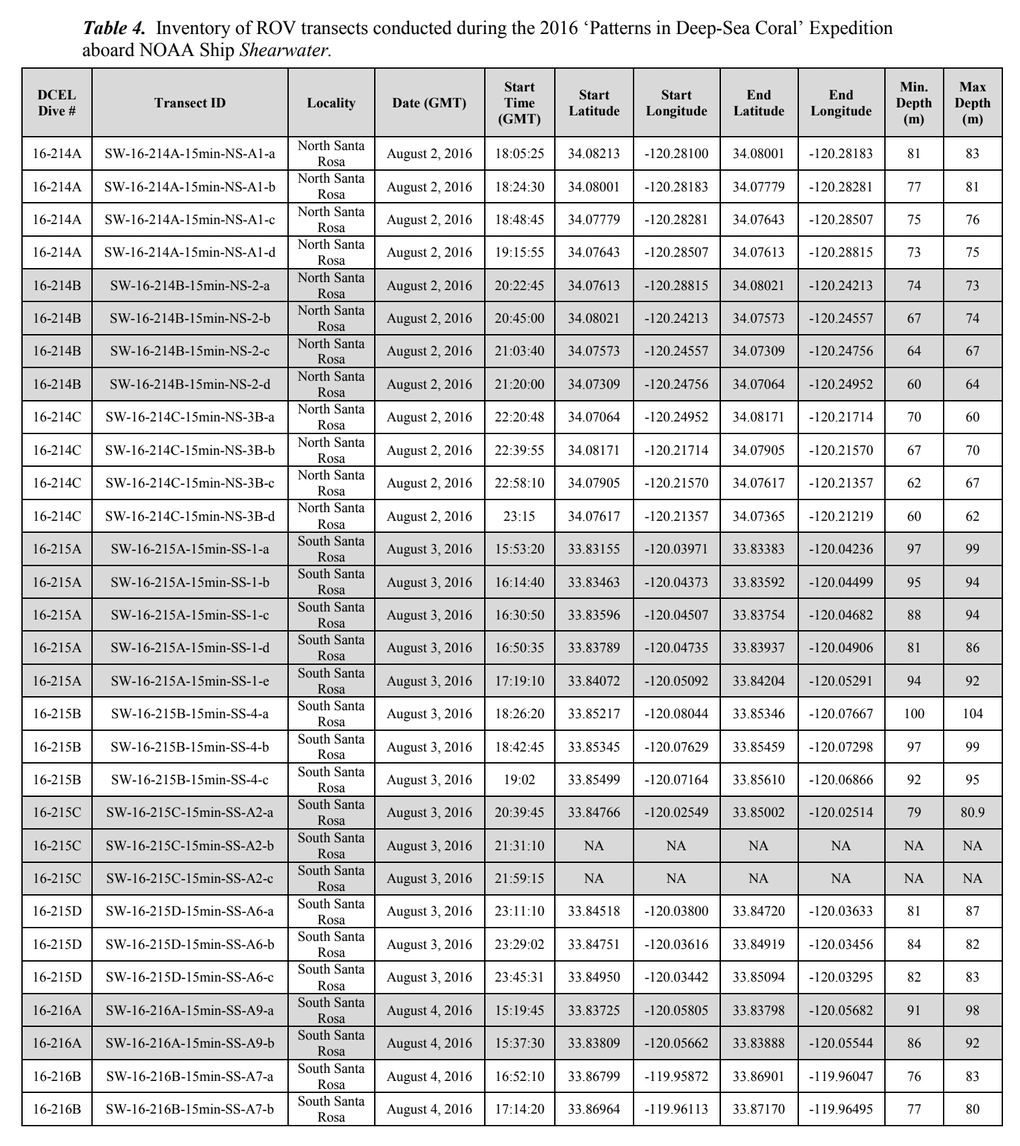
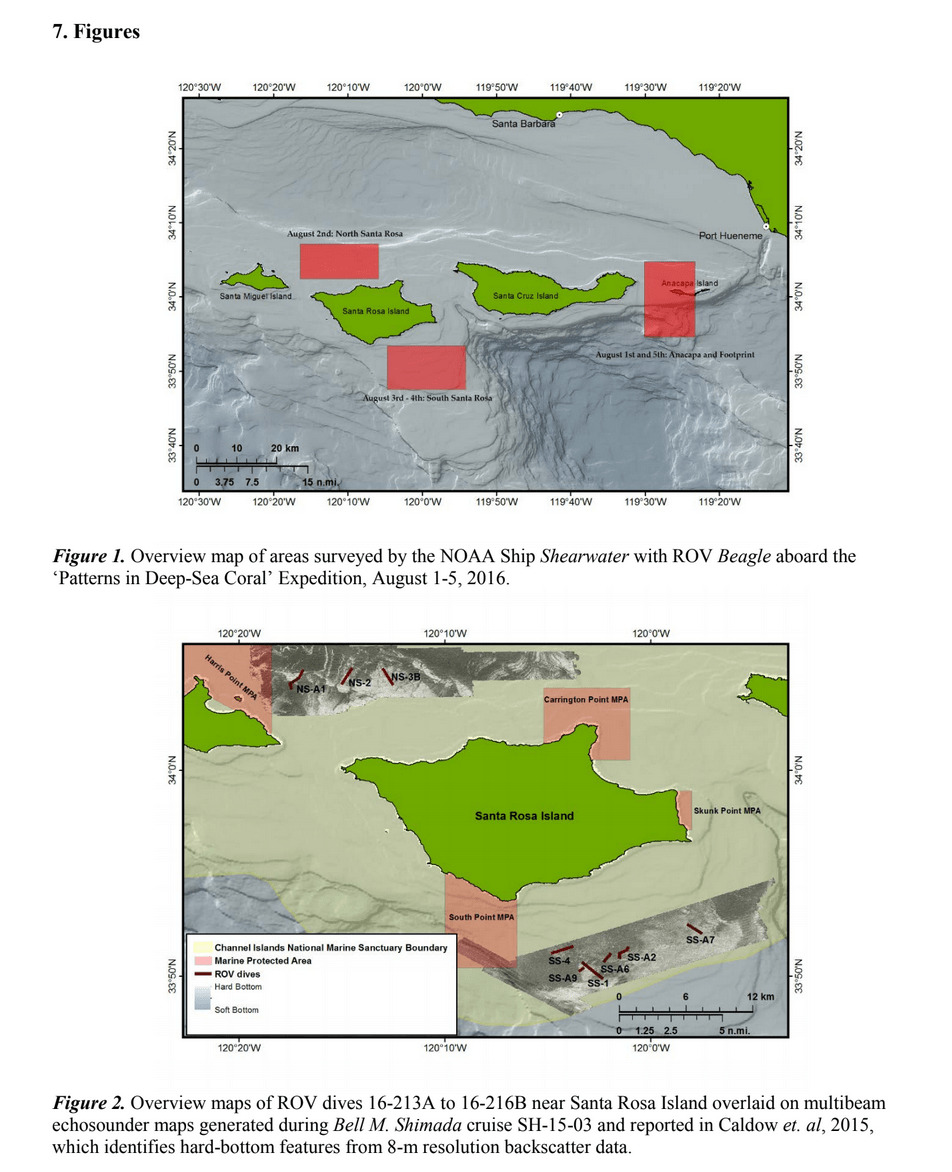
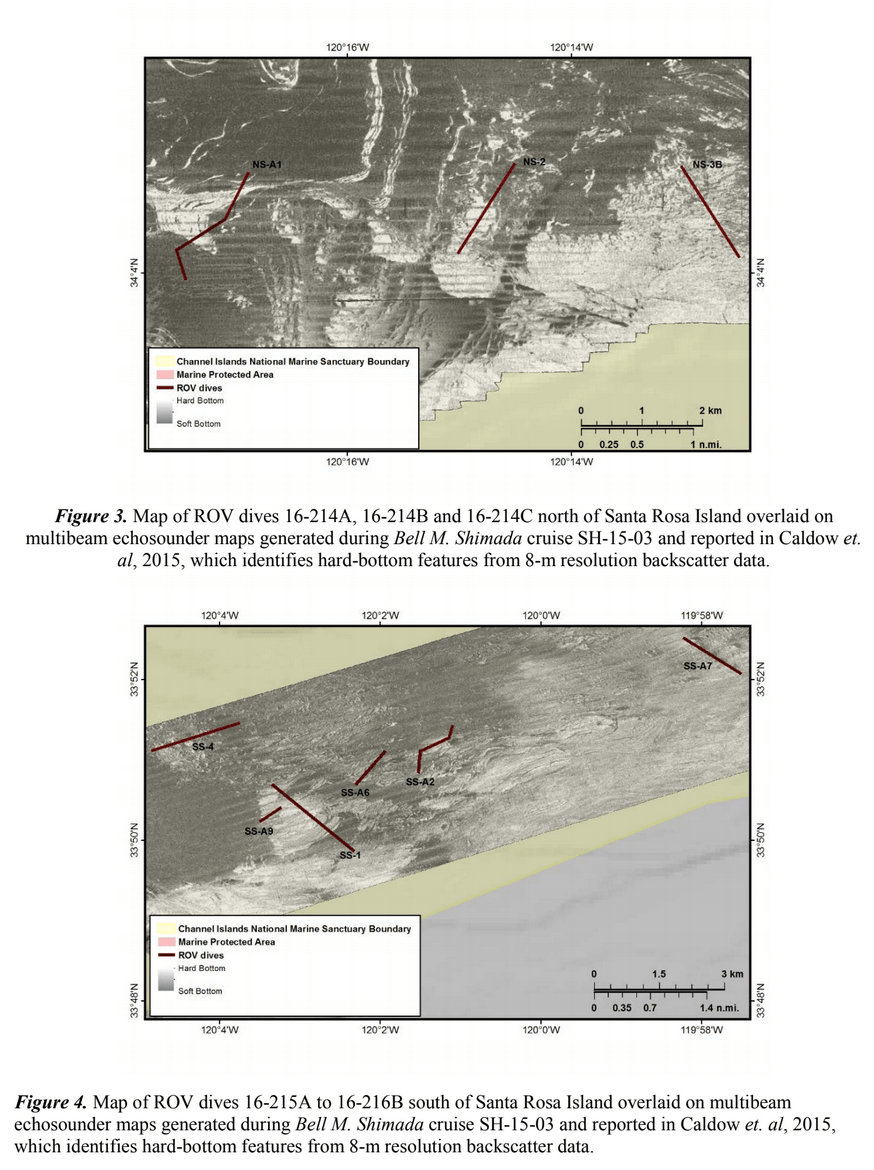
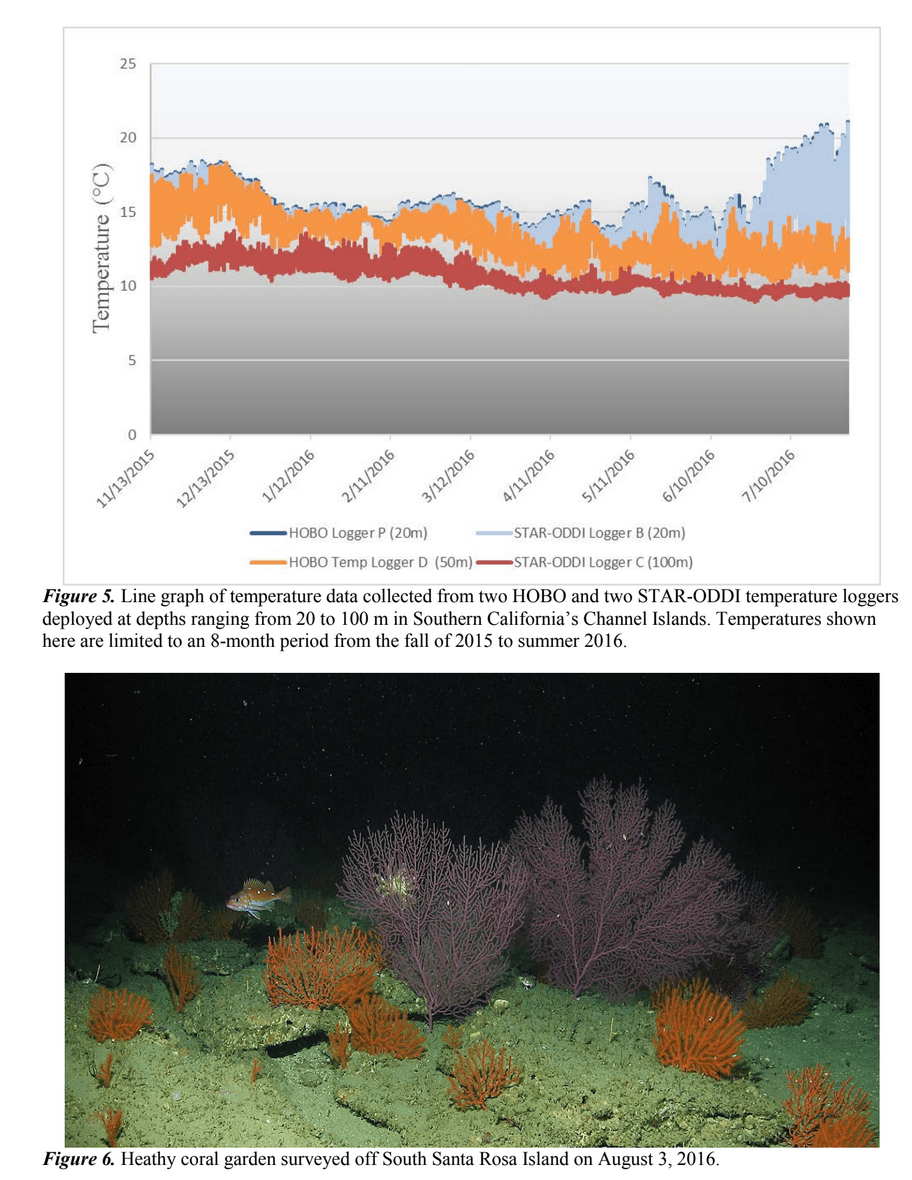
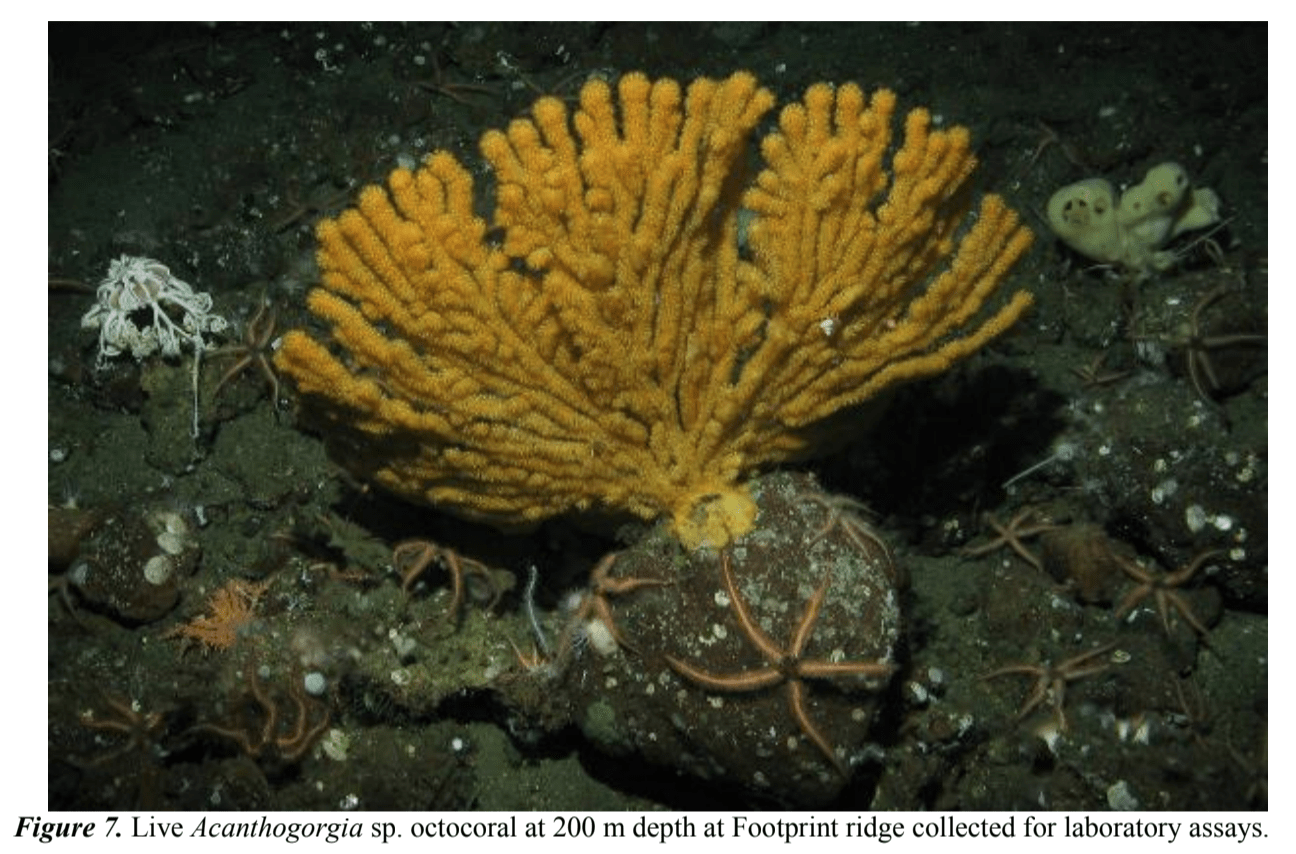
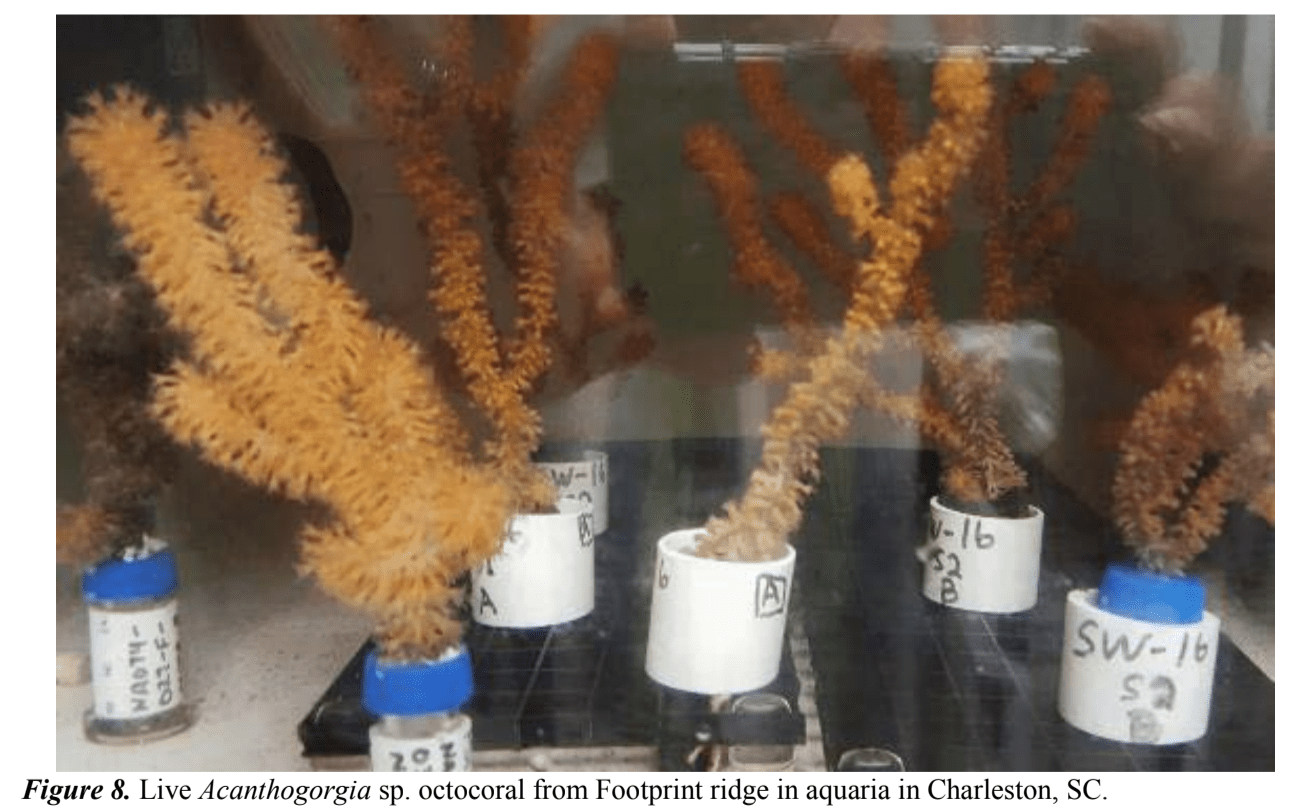
8. Appendices
Appendix A: Operational notes
July 31, 2016. Mobilization began at 0830 at Santa Barbara Harbor. JHT/NOAA staff members
loaded science gear and purchased food. MARE staff members loaded and set up the ROV and
associated equipment. After mobilization was complete, Rosen and Etnoyer provided an outreach
event for six current and potential MARE donors on the NOAA Ship Shearwater dock, which
included a presentation of the mission goals.
August 1, 2016. The expedition got off to a rough start, as the vessel hit a piling and bent the tracking
pivot irreparably. Ed Liquorek, the brother of a local angler, fabricated a new pivot. The NOAA Ship
Shearwater left the dock at 1300 and transited to the north side of Anacapa Island, arriving by 1530.
The ROV was deployed by 1630 to retrieve temperature loggers at 20 m. The ROV encountered a
large black seabass as soon as the ROV reached bottom. The team retrieved two temperature loggers
(B and P) during the first dive. A large air bubble seeped into the main tether compensator overnight.
Lauermann and Rosen had purged the bubble prior to the ROV deployment, but it reappeared after the
20 m dive, 55 m dive (logger D retrieval), and 110 m dive (logger C retrieval at NMFS sled site). This
marked the first use of HD video for the live feed from the ROV. The focus was acceptable, but the
color appeared washed out at times. Overall, it was much improved over standard definition. The
final ROV dive of the day was completed by 2000 and the manipulator skid was removed since all
temperature loggers had been recovered. The NOAA Ship Shearwater transited to South Santa Rosa
to anchor overnight.
August 2, 2016. The tether compensator was purged of air in transit to the north side of Santa Rosa.
The ROV was first deployed at 0800. Three dives were conducted through the course of the day, for a
total of 12 transects of 15-minute duration each, in addition to general exploration at three different
sites. The three dives were at 80 m, 70 m and 65 m. The tether needed to be purged after each dive,
because the piston completely bottomed out after each dive. To improve the quality of the HD feed
and video, the white balance was adjusted using white plastic bags on the clump shroud. This
improved the color of the video. During the dives, some Adelogorgia gorgonians were noted on
ridges, along with an abundance of Eugorgia gorgonians, both of which appeared healthy. In addition
to these corals, the team noted a few spots with many lingcod, copper, starry, and a few gopher
rockfish, bocaccio and sheephead. ROV pilots noted that moving the vertical thruster forward this
winter helped make the ROV perform better straight up and down, and moving the altimeter forward
improved auto-altitude function over moderate terrain. The HMI lights on the ROV became erratic
through the course of the day and did not stay on. With the low light HD camera, and the reds of the
tungsten light still allowing for good photos to be captured, the need for the HMIs was questionable.
The ROV team used a new AA Beacon, and it performed adequately down to 70 m. The ROV was
recovered and operations were concluded by 1800. The NOAA Ship Shearwater anchored at
Johnsons’ Lee, Santa Rosa for the evening. Elephant seals were heard billowing throughout the night.
August 3, 2016. The weather remained good allowing for continued exploration of new SE Santa
Rosa sites. The ROV was first deployed at South Santa Rosa at 0800 and conducted four dives with
14 transects of 15-minute duration at four different localities at depths of 95m, 105m, 85m and 90m..
Many corals were observed, several at densities consistent with Coral Gardens (1/m2 over distances of
at least 100 m) (OSPAR 2010). There was some noticeable injury to gorgonians from zooanthids,
some toppled colonies were documented, as well as two white nudibranchs, and a crab photographed
utilizing sponges. These dives also documented several ledges and uplifted shelves that made great
coral habitat. Fish documented on these dives included two cowcod, a wolf eel, and many rockfish.
The last dive of the day had good visibility (30 m) at 0200. During dive operations there was one
ROV power outage, however, the team recovered from this within 2 min. The main pressure balance
oil filled junction was still taking in air, but not as much as previous days, though the piston bottomed
out each dive. The use of HMIs was abandoned. Weather deteriorated throughout the day.
August 4, 2016. Deployed ROV at South Santa Rosa at 0800. ROV Beagle completed dives over
areas that had previously been mapped with backscatter and contained substantial hard-bottom
habitats. One dive started at 85 m, and another dive at 110 m. Conducted four transects of 15-minutes
duration near South Santa Rosa during these two dives. A few potential coral gardens were identified,
but several of these showed signs of injury and yellow zooanthid overgrowth. Then the ship moved to
220 m to collect two live Acanthogorgia sp. colonies. The ROV camera flooded with oil and as a
result the first attempt was aborted. The ROV team then replaced the flooded HD camera with a Sidus standard definition video camera and finished the job. The second attempt resulted in the collection of two Acanthogorgia colonies. Upon successful collection of these colonies, the ROV was recovered and back aboard by 1500. The NOAA Ship Shearwater transited to Ventura Harbor and arrived at 1700.
August 5, 2016. In an effort to further the outreach efforts of the expeditions, VIPs Boltz, Hannah, Teplitz, Ledvina, Graham, Chacin, Robertson, and MARE Director of Donor Relations Phil Stevens, boarded the ship by 0800, and departed for Anacapa Island to explore the Anacapa/Footprint essential fish habitat (EFH) by 0900. The team deployed the ROV at Footprint and conducted an approximately two hour dive up to the NMFS sled, then moved to the lee side of Anacapa, near the net in order to let the VIPs operate the ROV under supervision of the ROV team. Each guest steered the ROV for 4-5 min, which received an enthusiastic response. The NOAA Ship Shearwater returned to Ventura by 1700 to drop off the VIPs, and then the vessel returned to Santa Barbara for its next expedition.
Appendix B: Individual temperature logger site information, images and data.
Shallow target: Loggers B (Star-Oddi logger, silver) and P (Hobo logger, black)
Site: AI-1
Line: 100
Depth: 21 m
Latitude: 34.017364
Longitude: -119.440728
Deployment Method: Shipside
Deployment Date: November 12, 201515
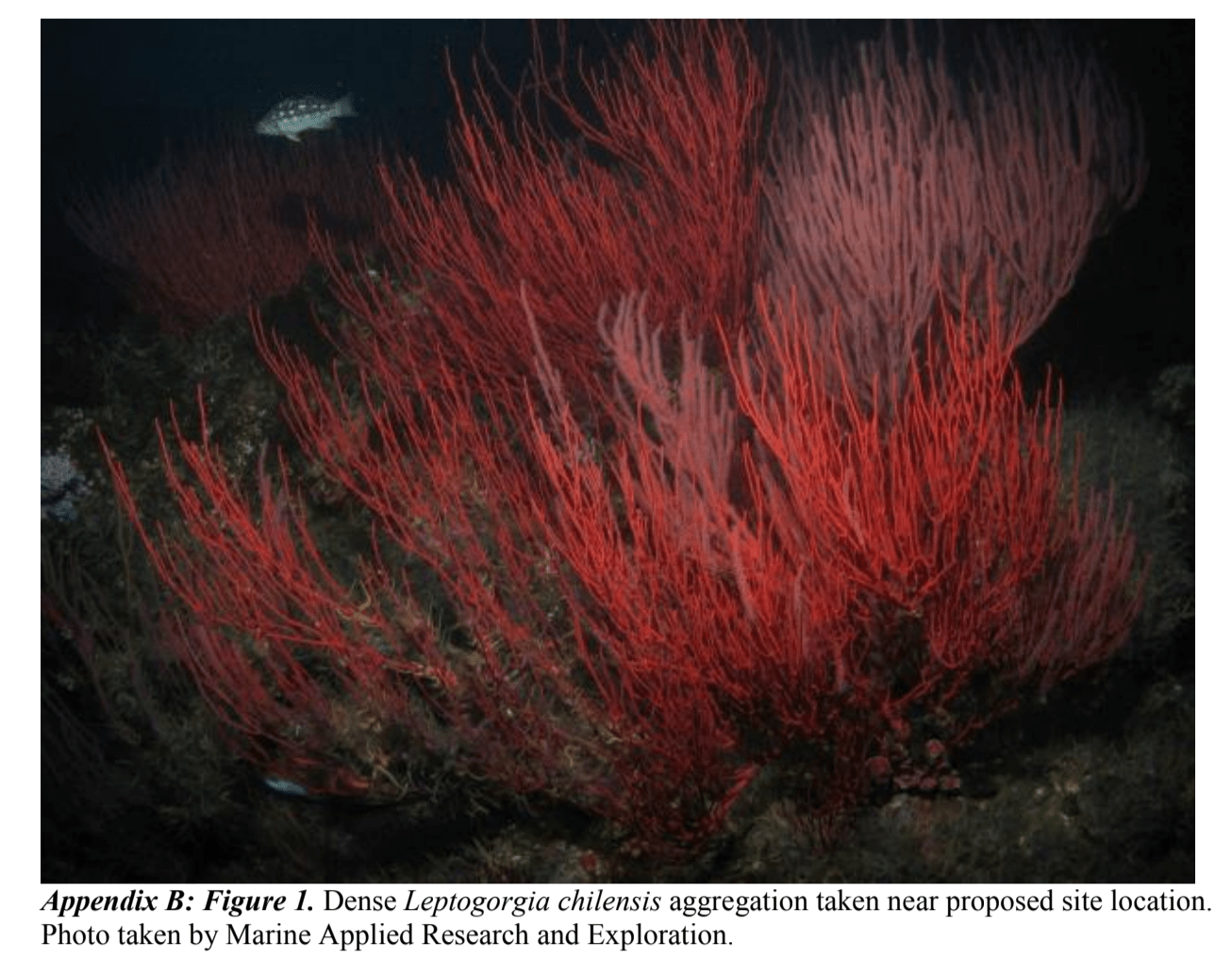
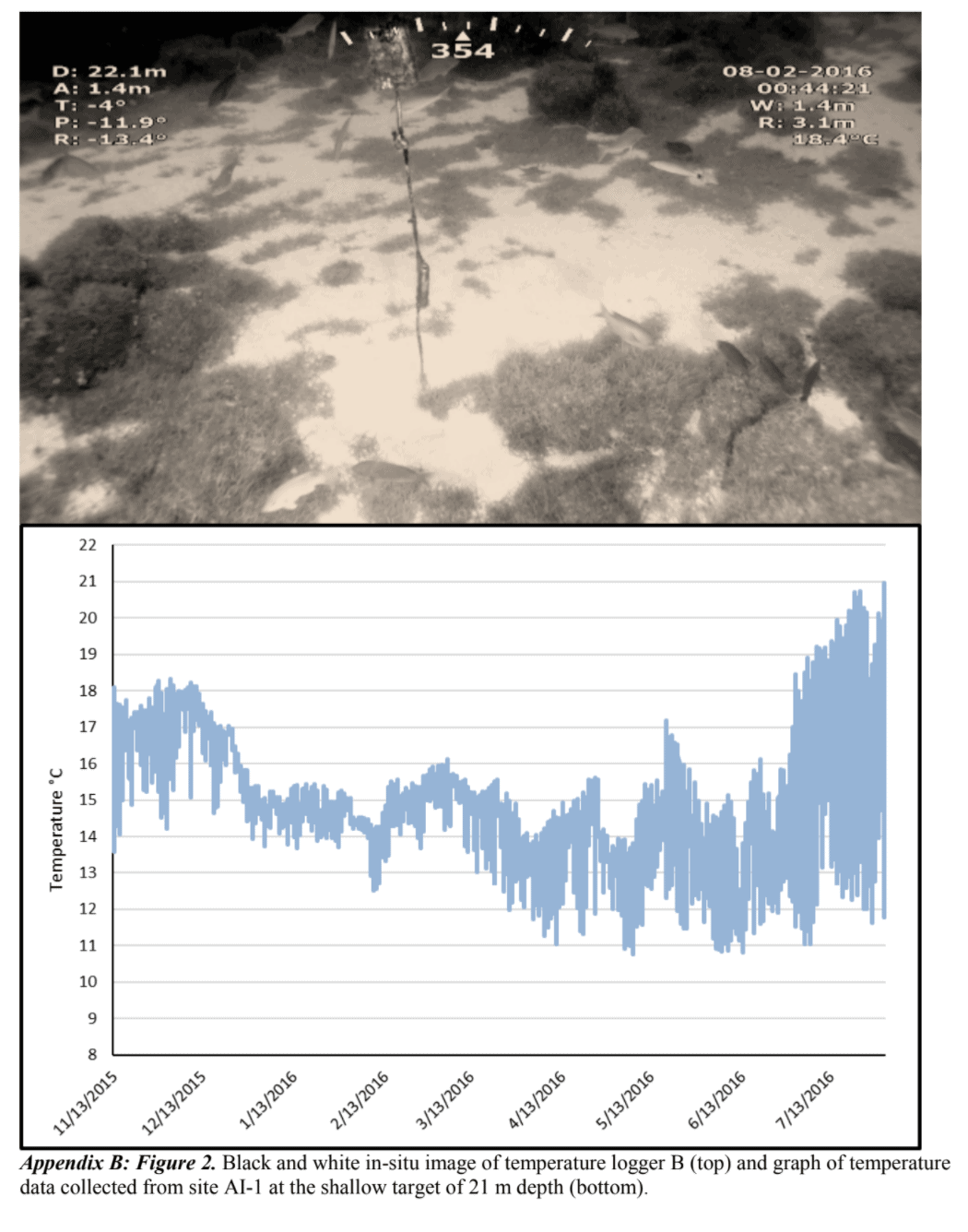

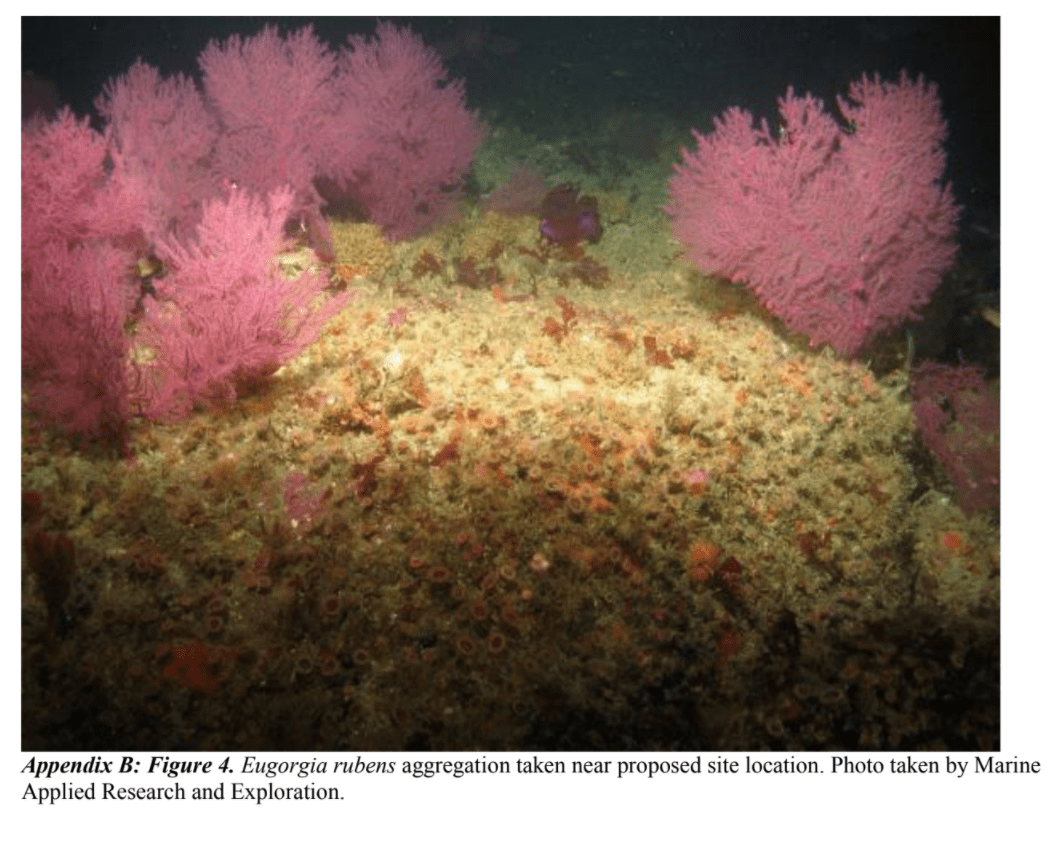


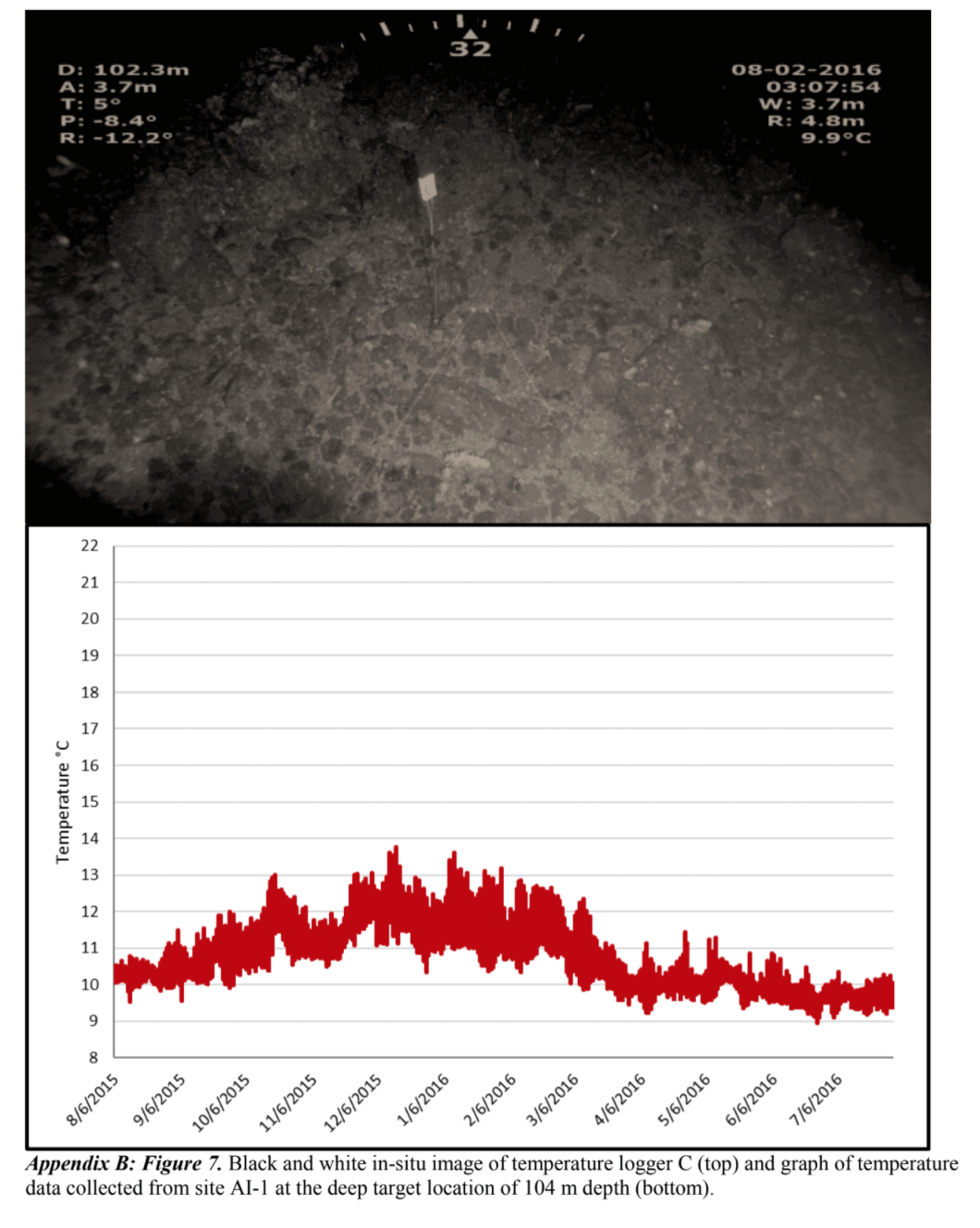
United States Department of Commerce
Wilbur Ross
Secretary of Commerce
National Oceanic and Atmospheric Administration
Benjamin Friedman
Deputy Under Secretary for Operations
and Acting Administrator
National Ocean Service
Russell Callender
Assistant Administrator
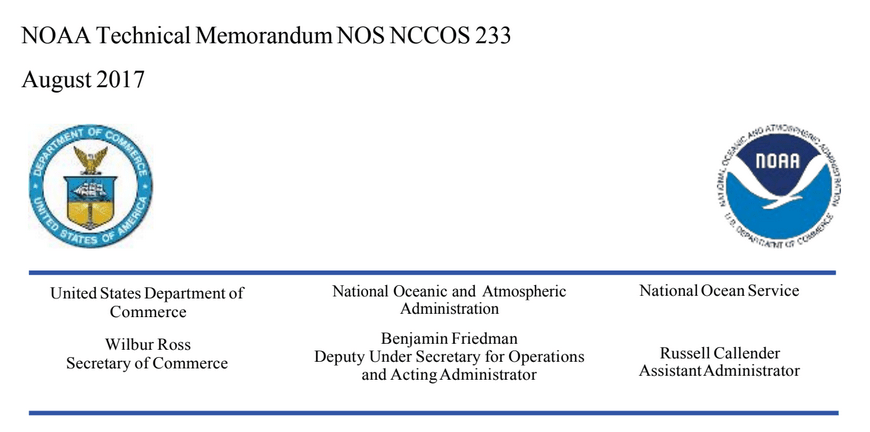
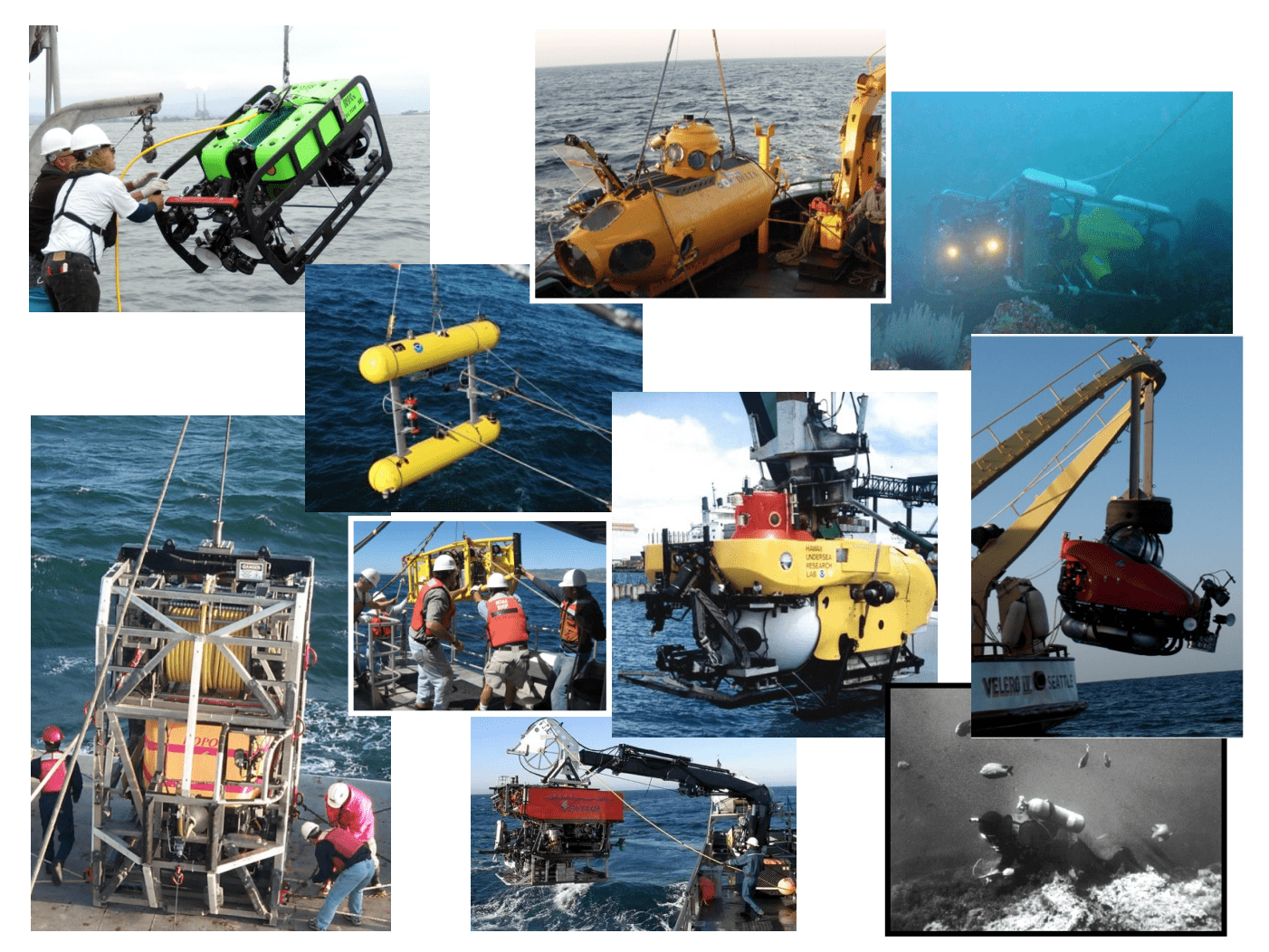
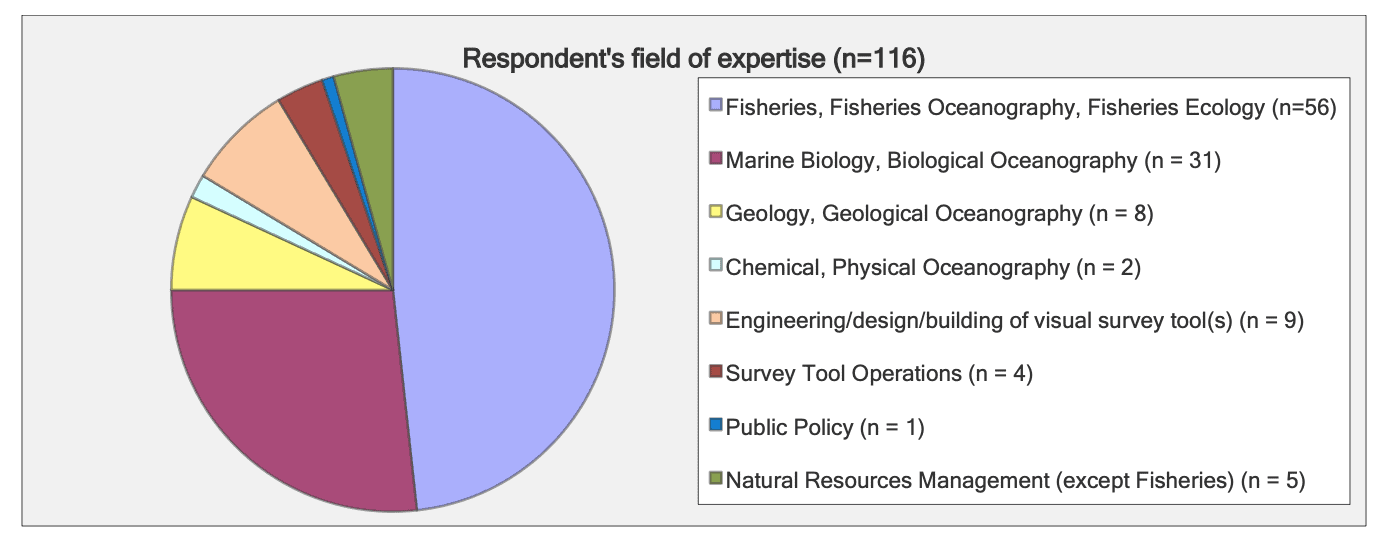



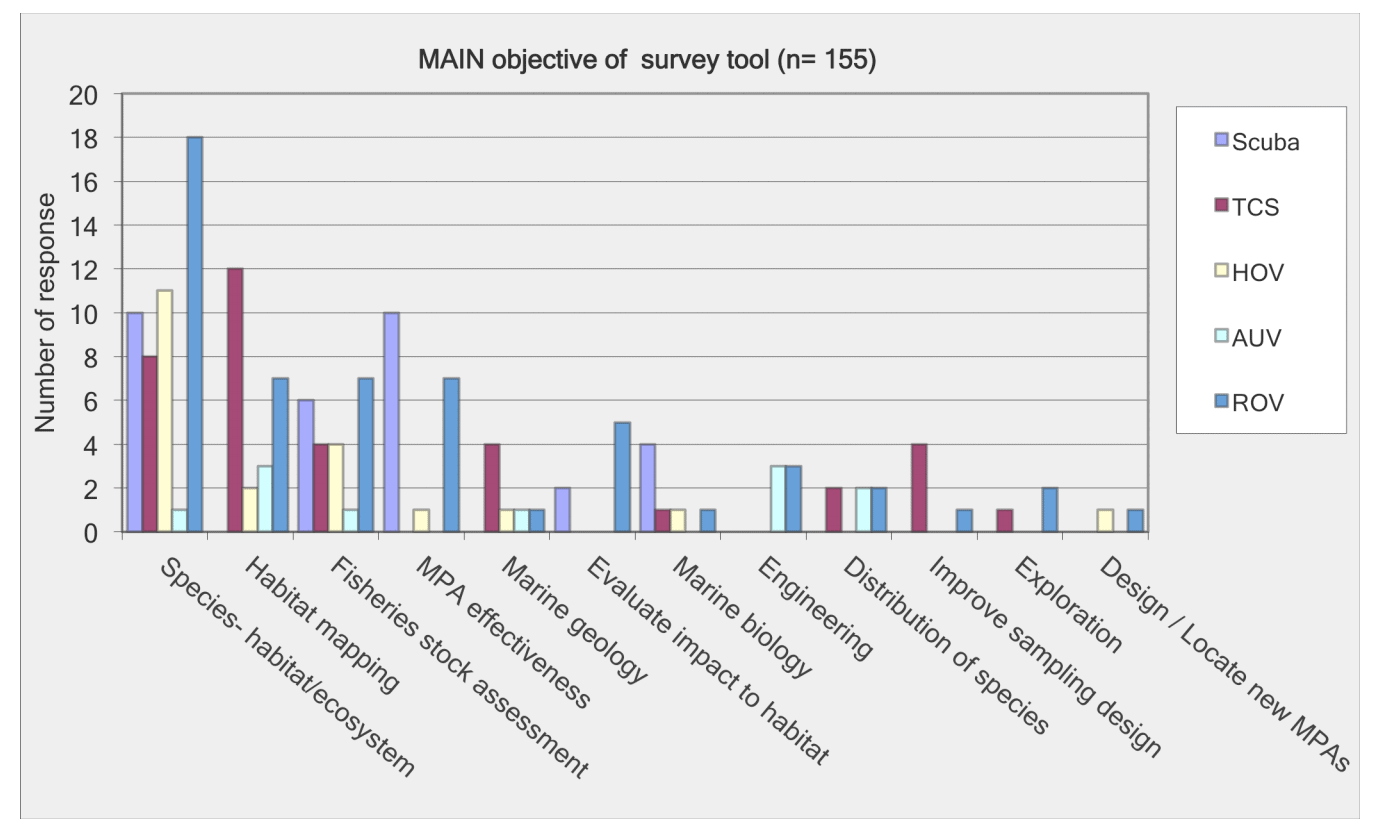
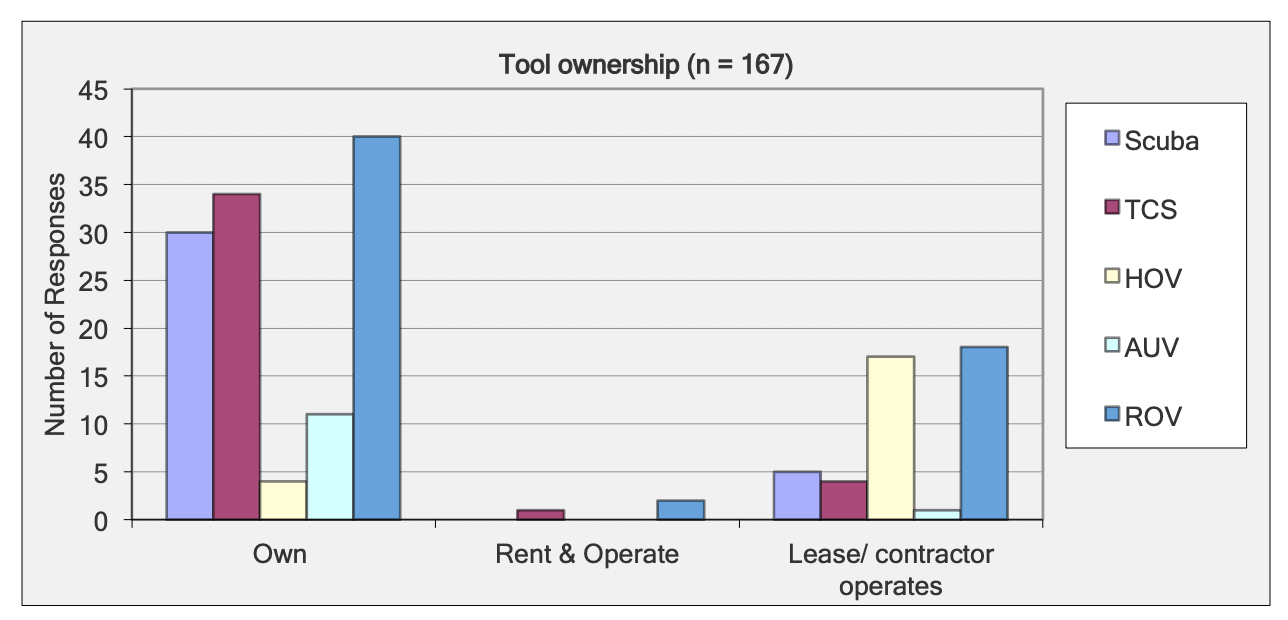


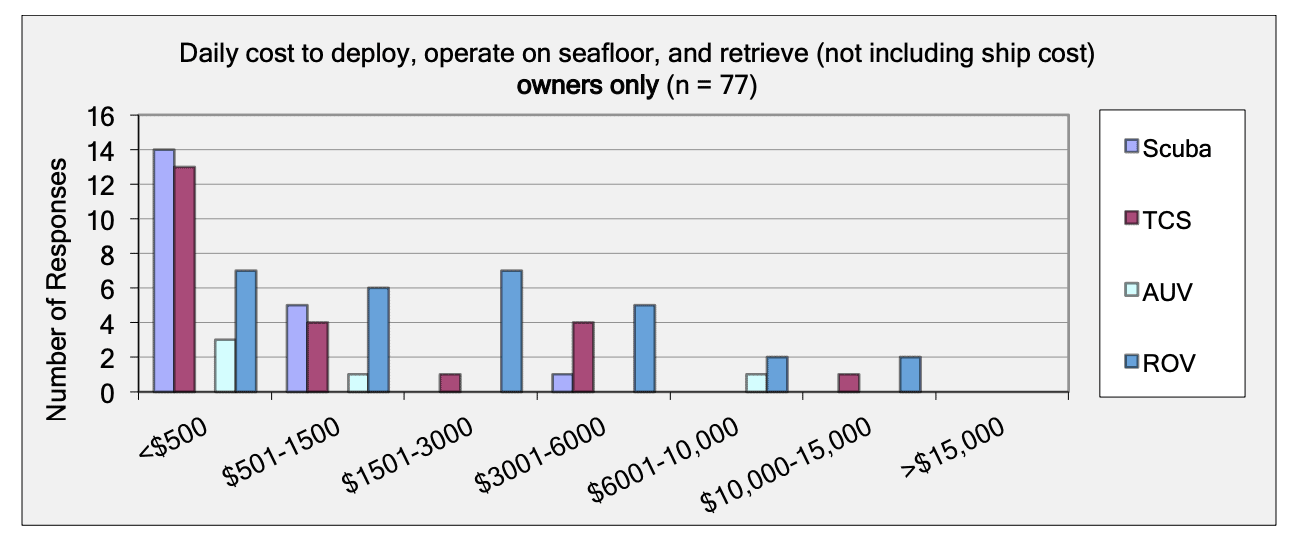
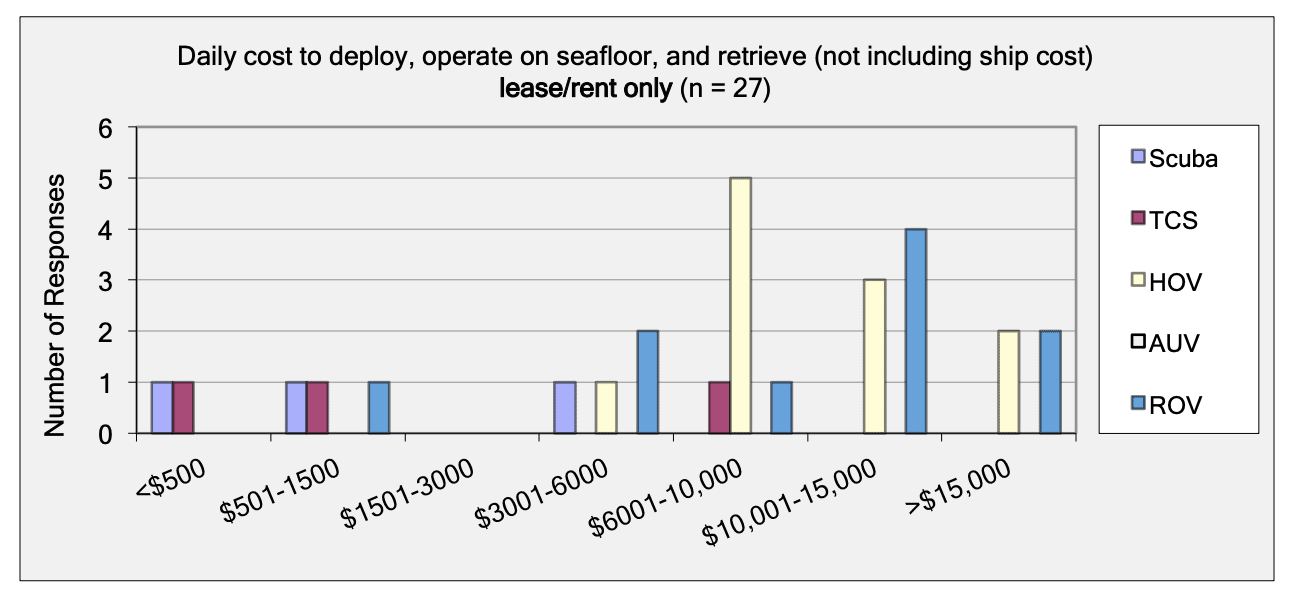 For shallow working depths it appears that the number of ROV users who own this tool equals the number of ROV users who lease/rent. For working in deeper depths (>50m) it appears that more users own, however in very deep depths (>1000m) more people lease/rent, than own.
For shallow working depths it appears that the number of ROV users who own this tool equals the number of ROV users who lease/rent. For working in deeper depths (>50m) it appears that more users own, however in very deep depths (>1000m) more people lease/rent, than own.